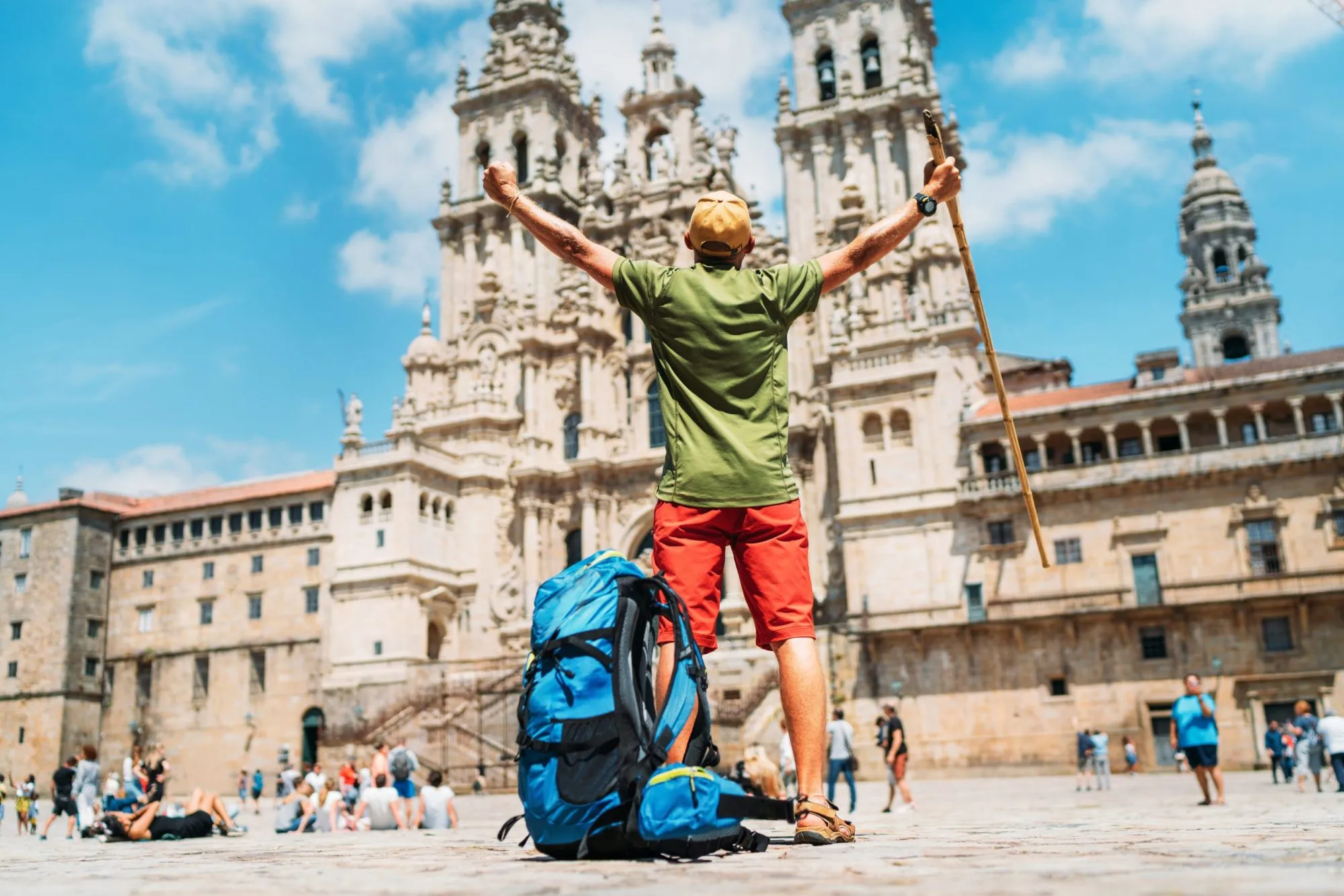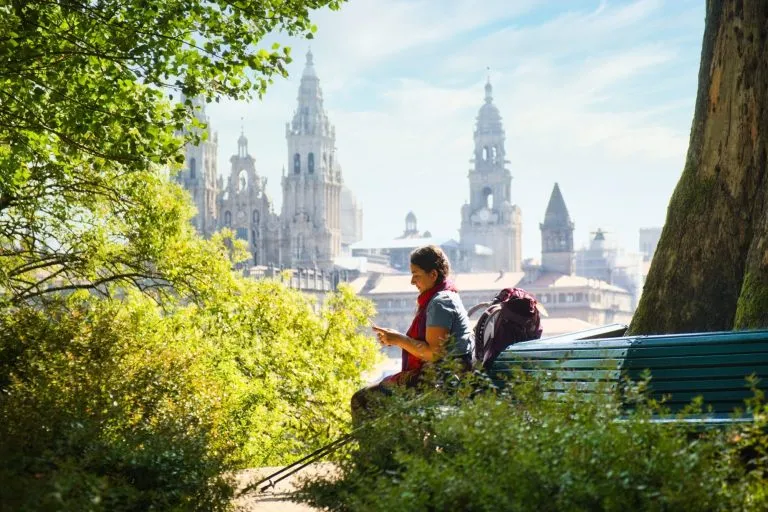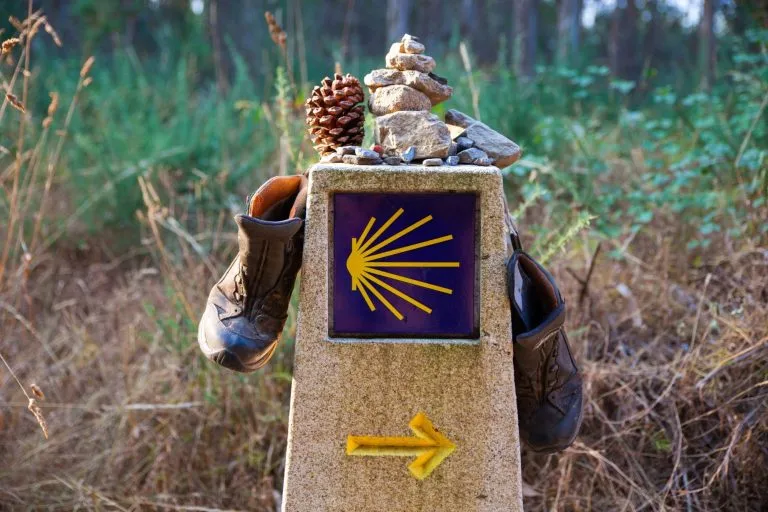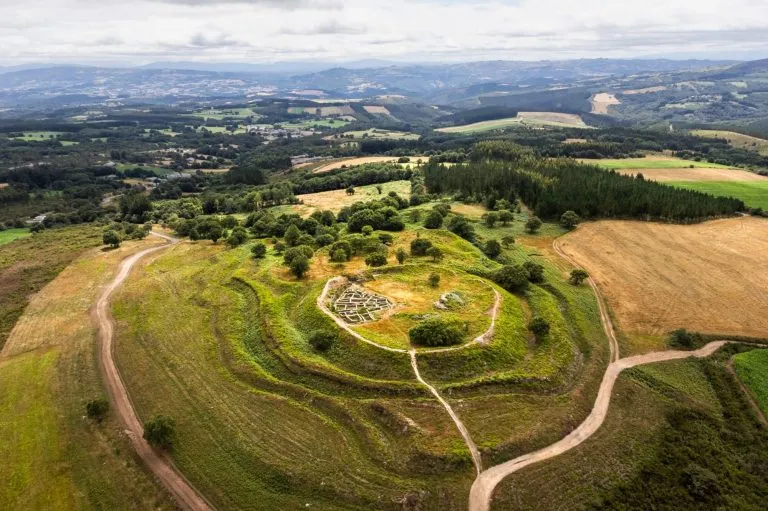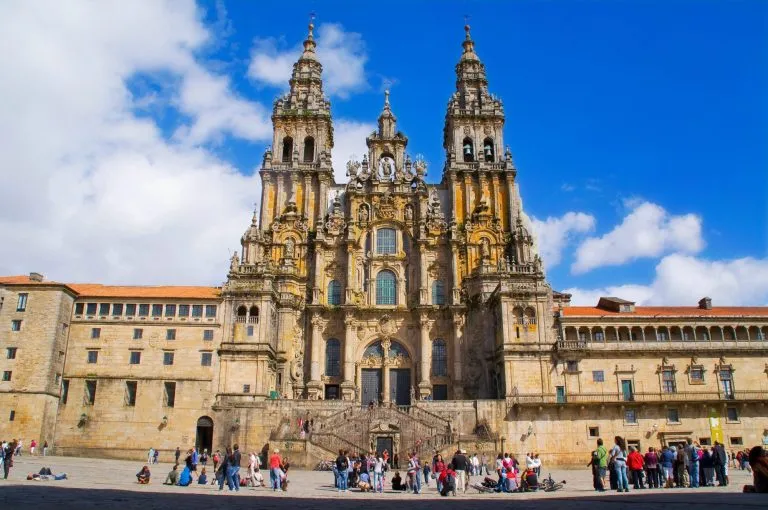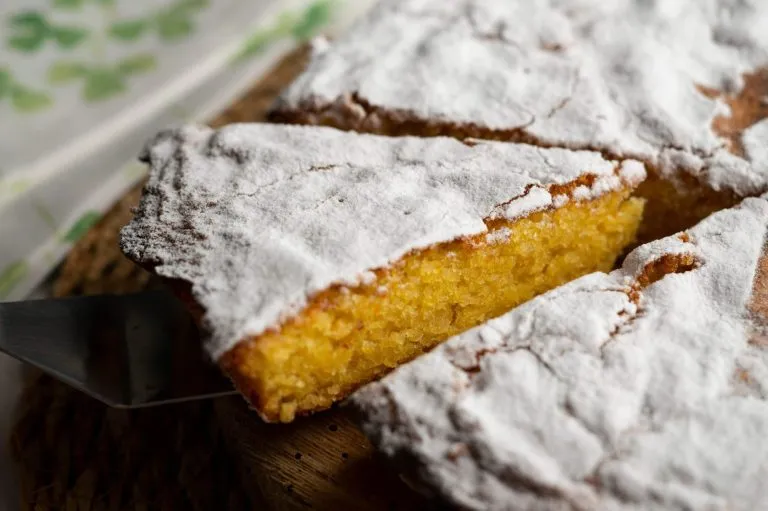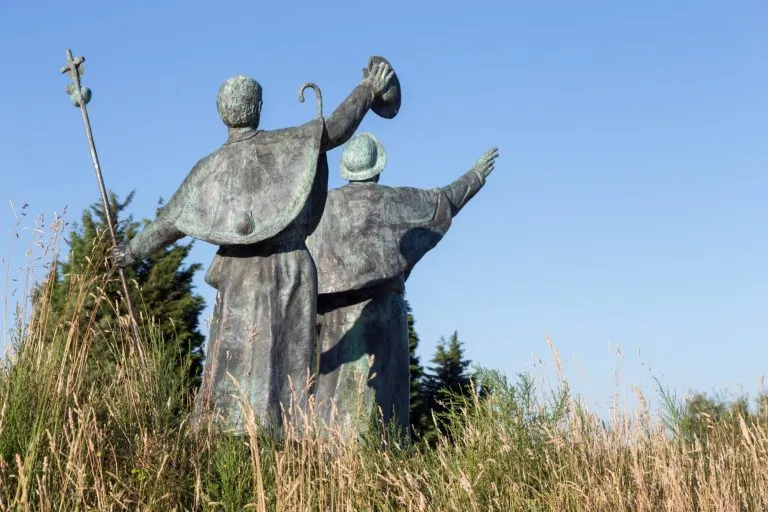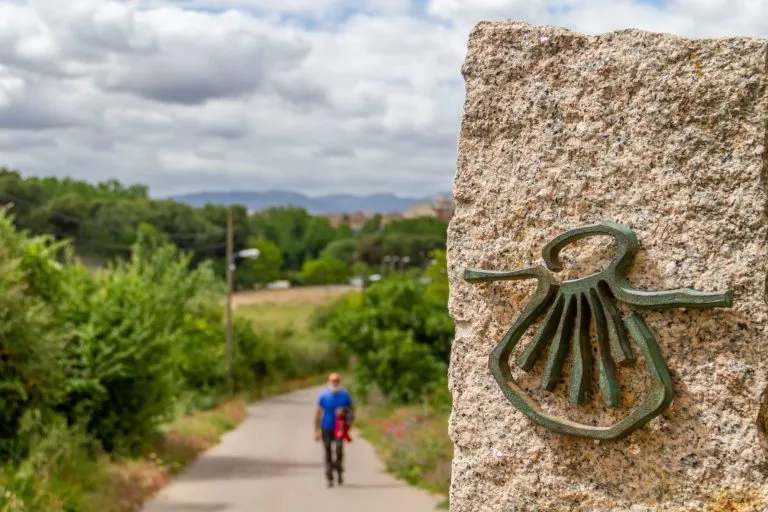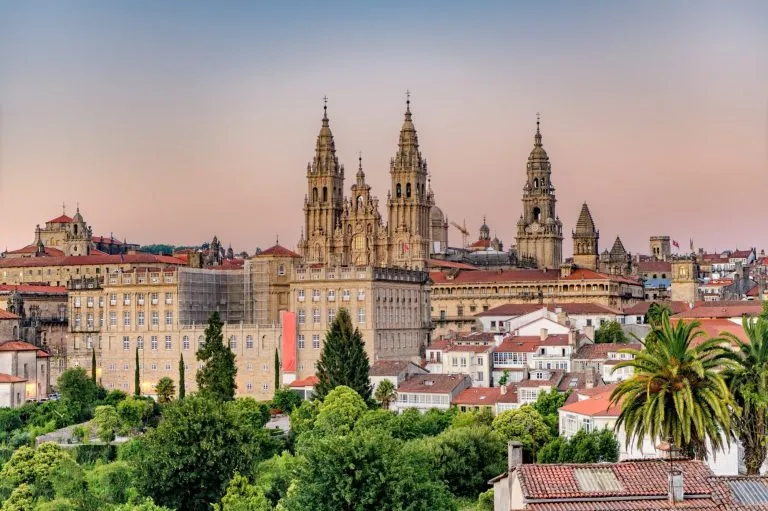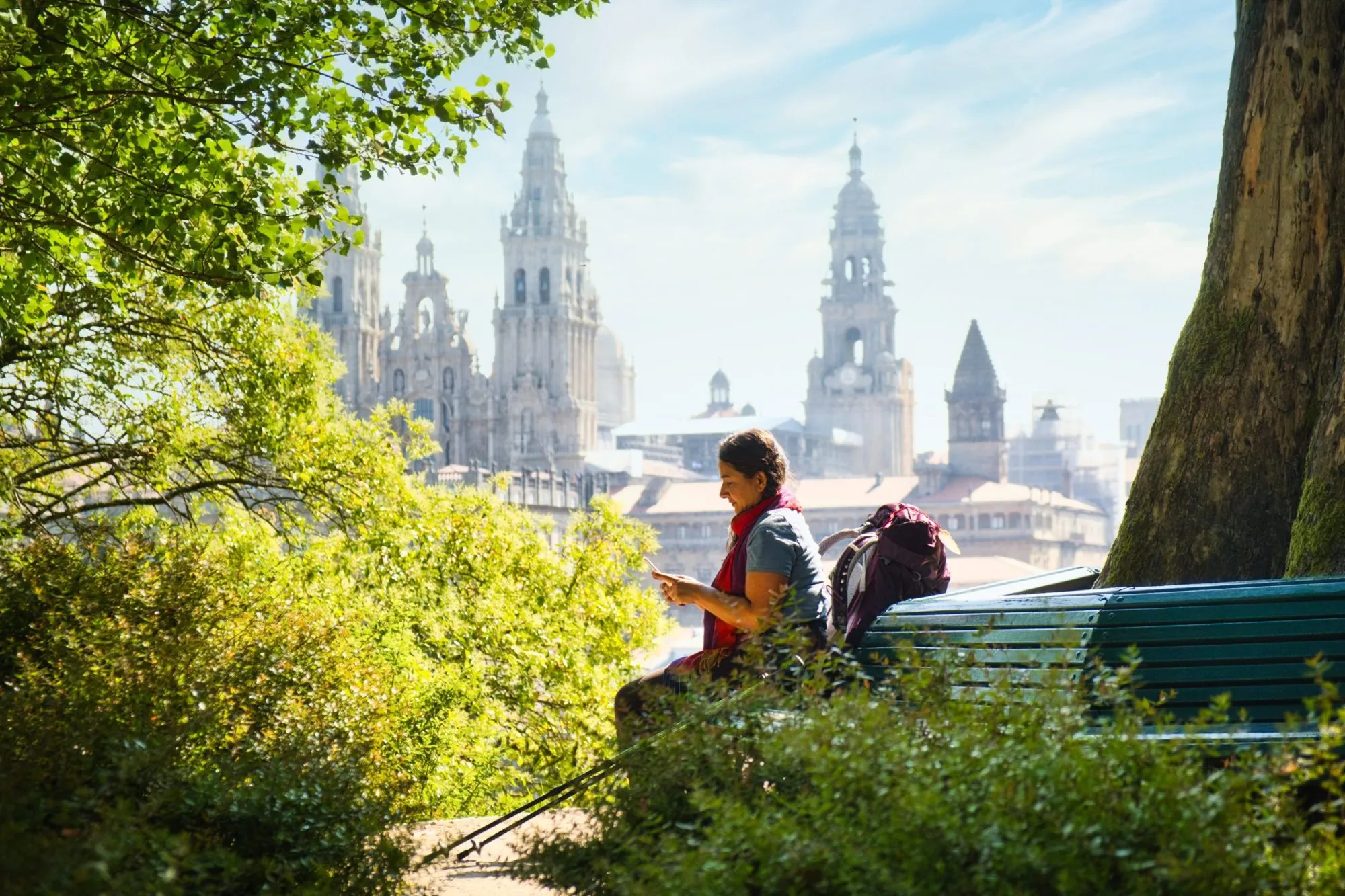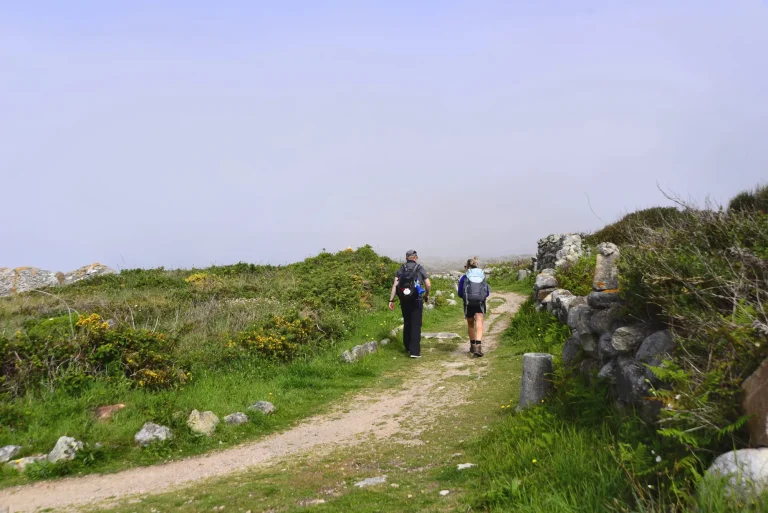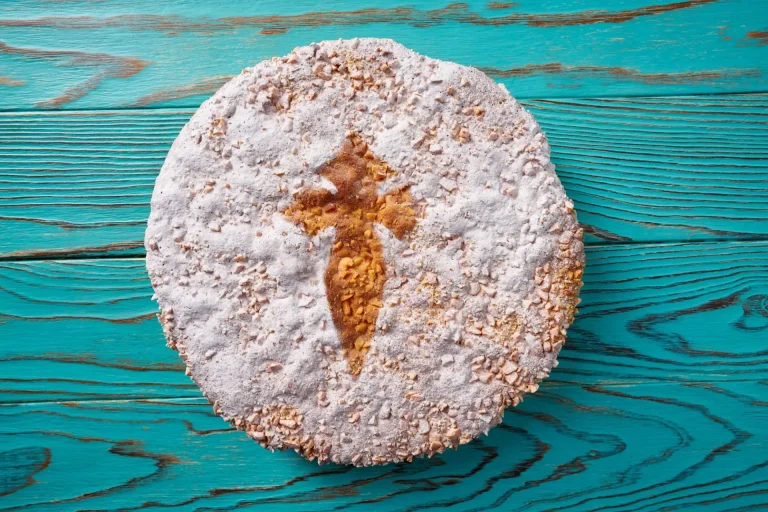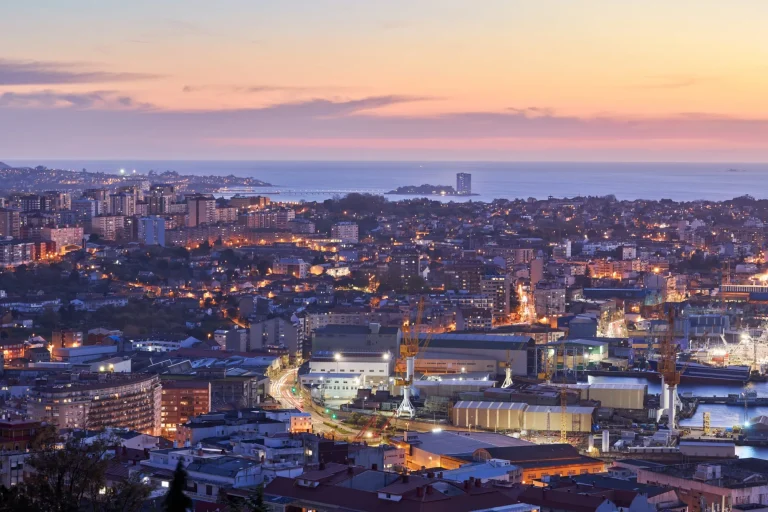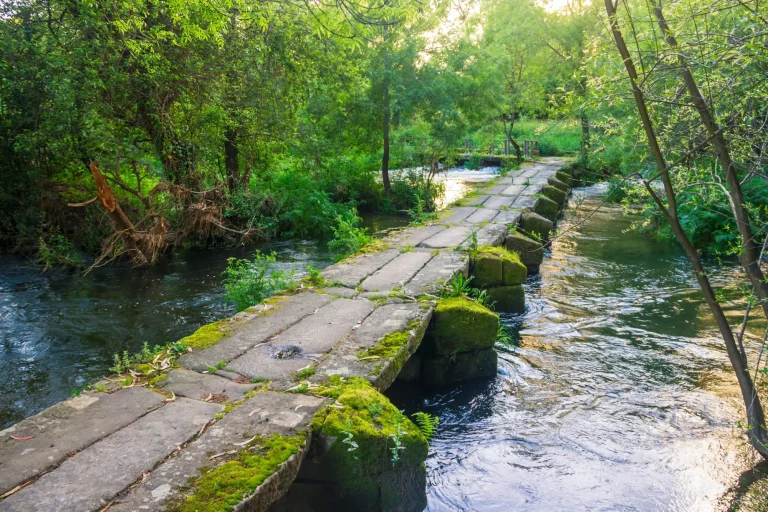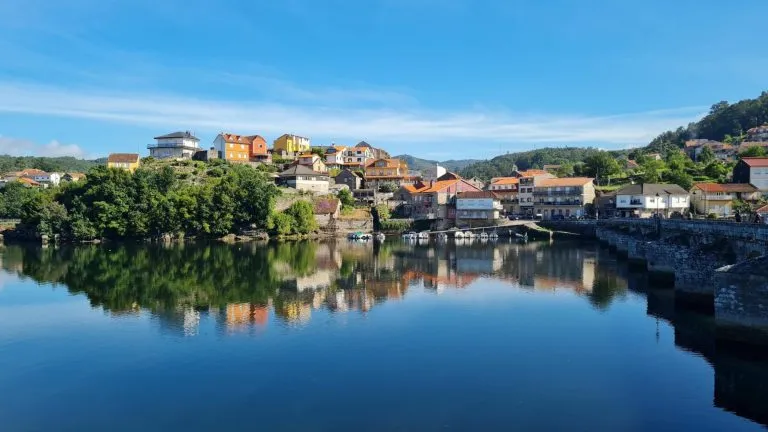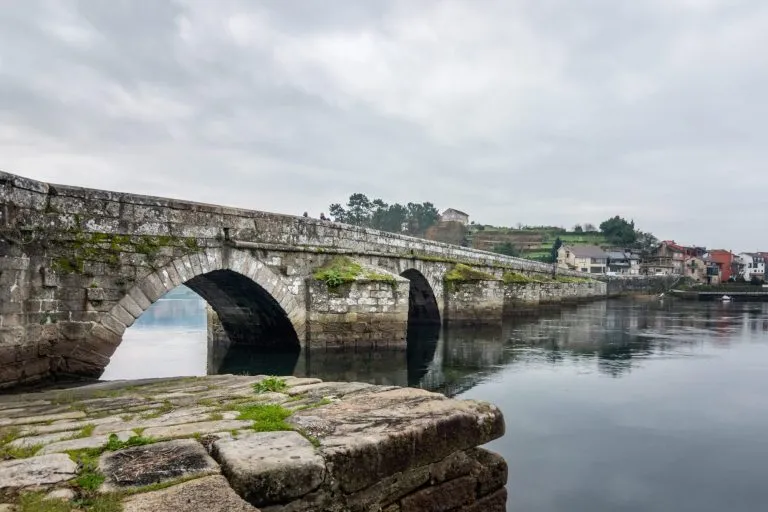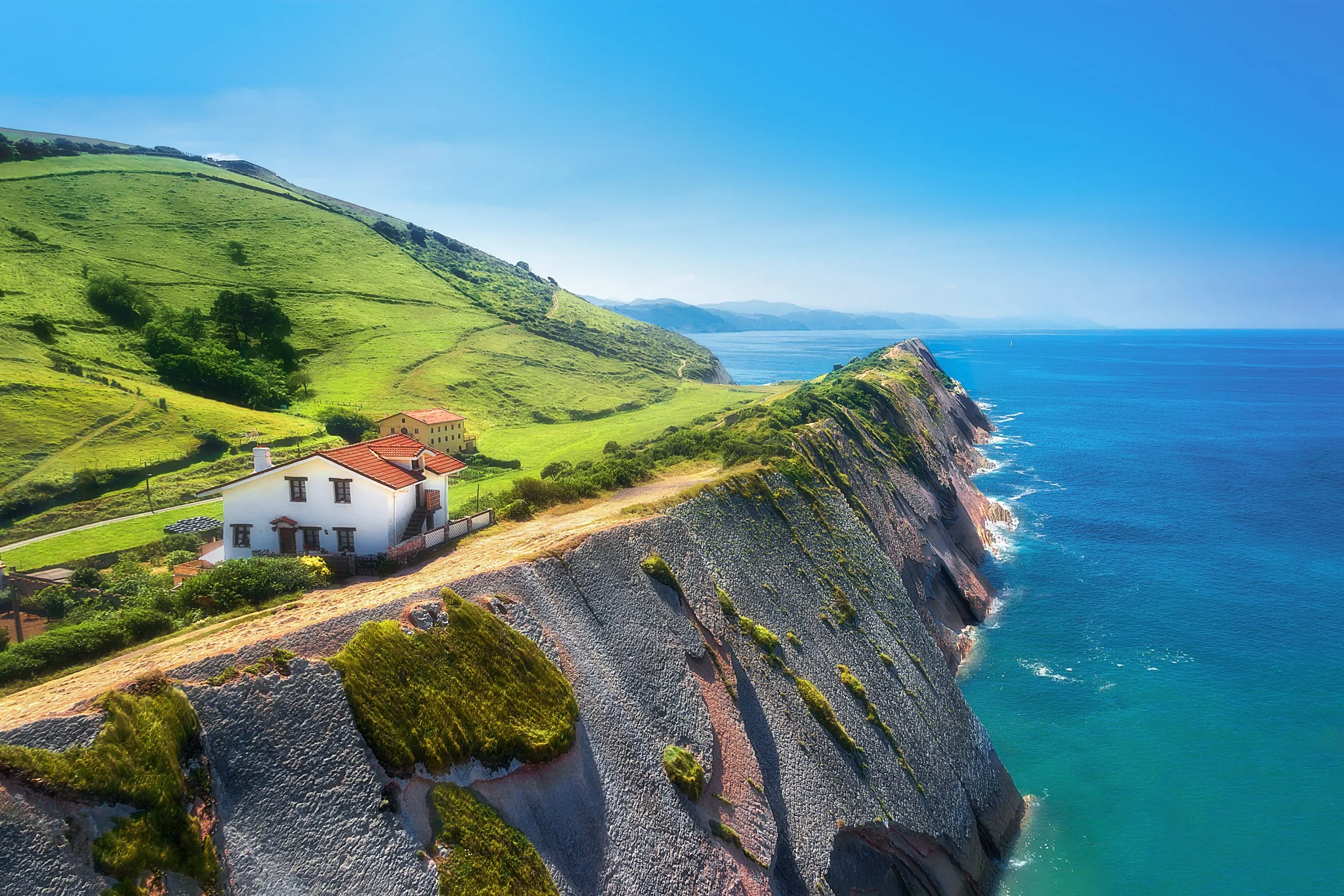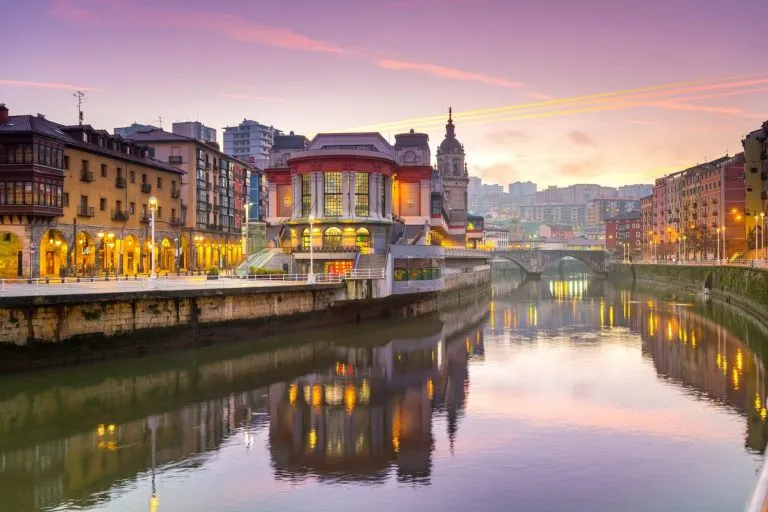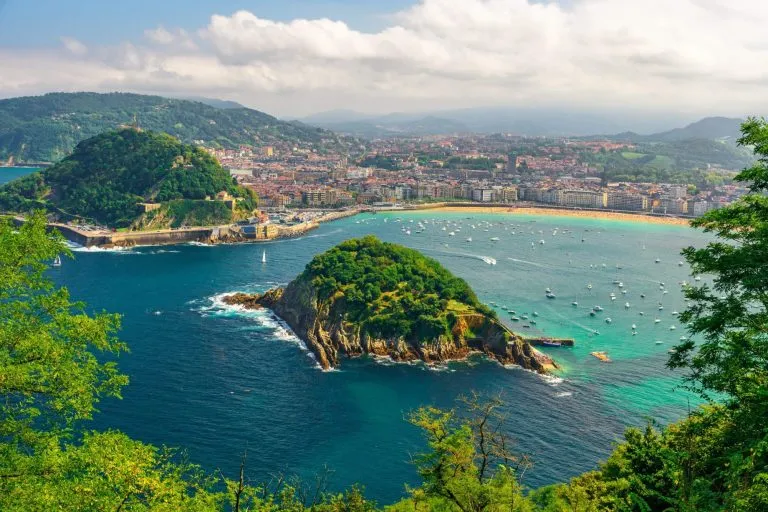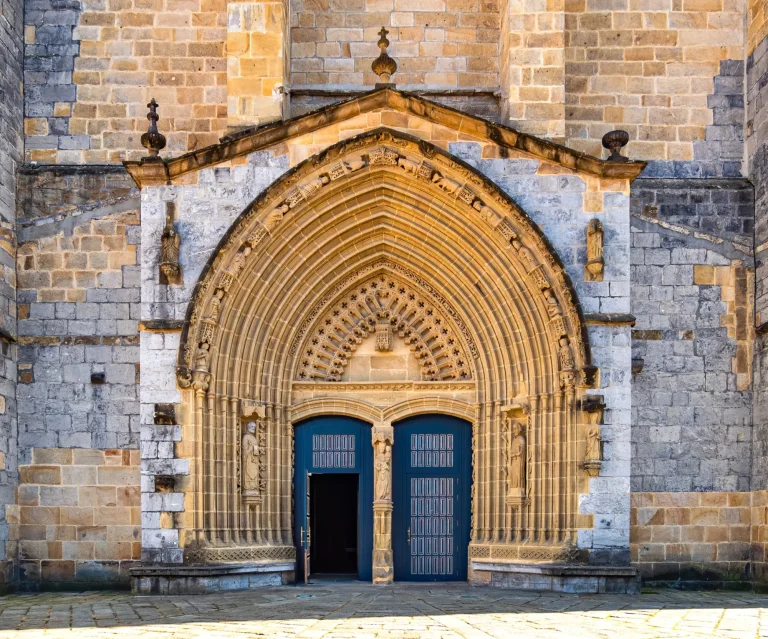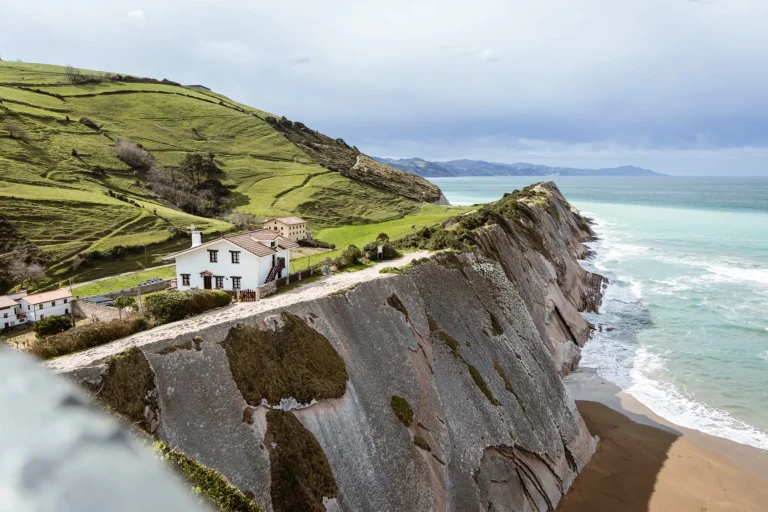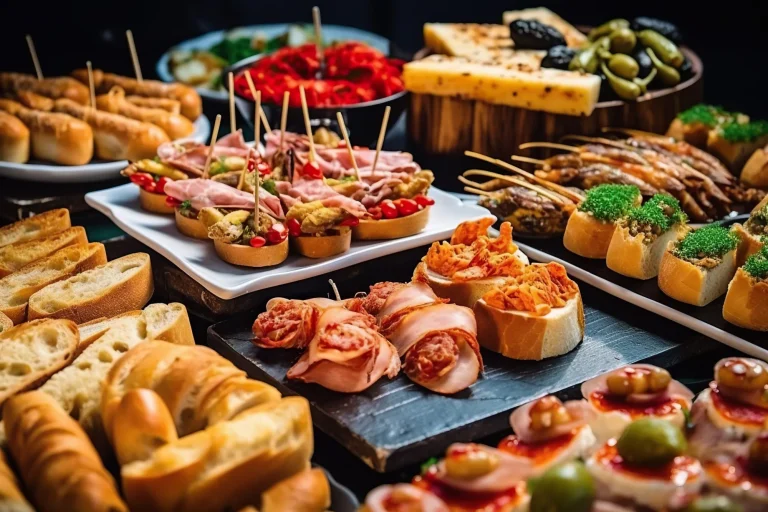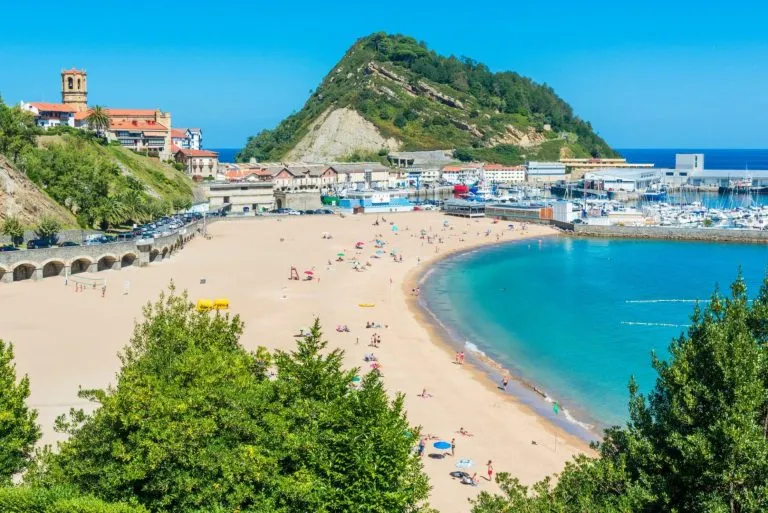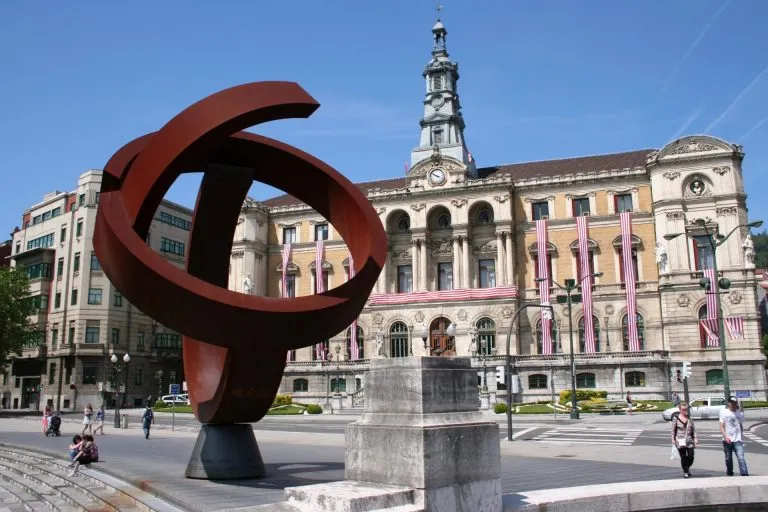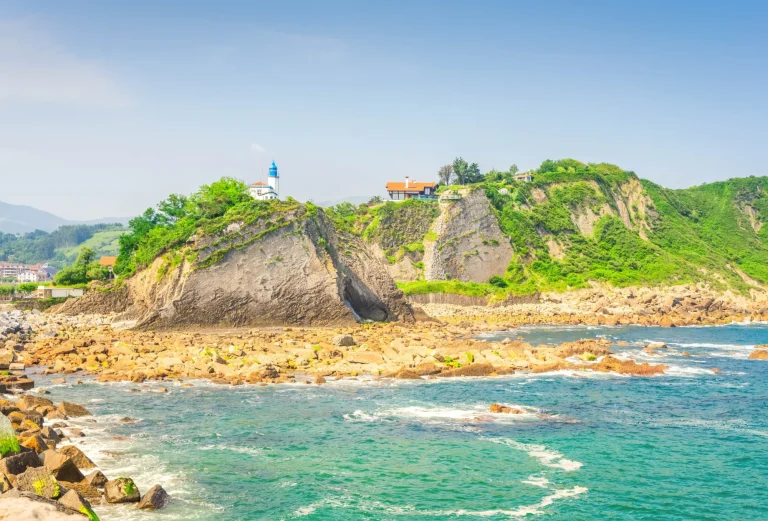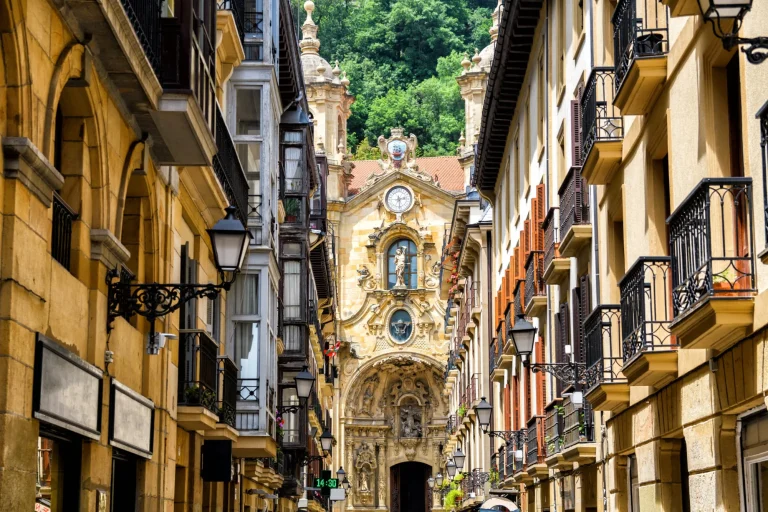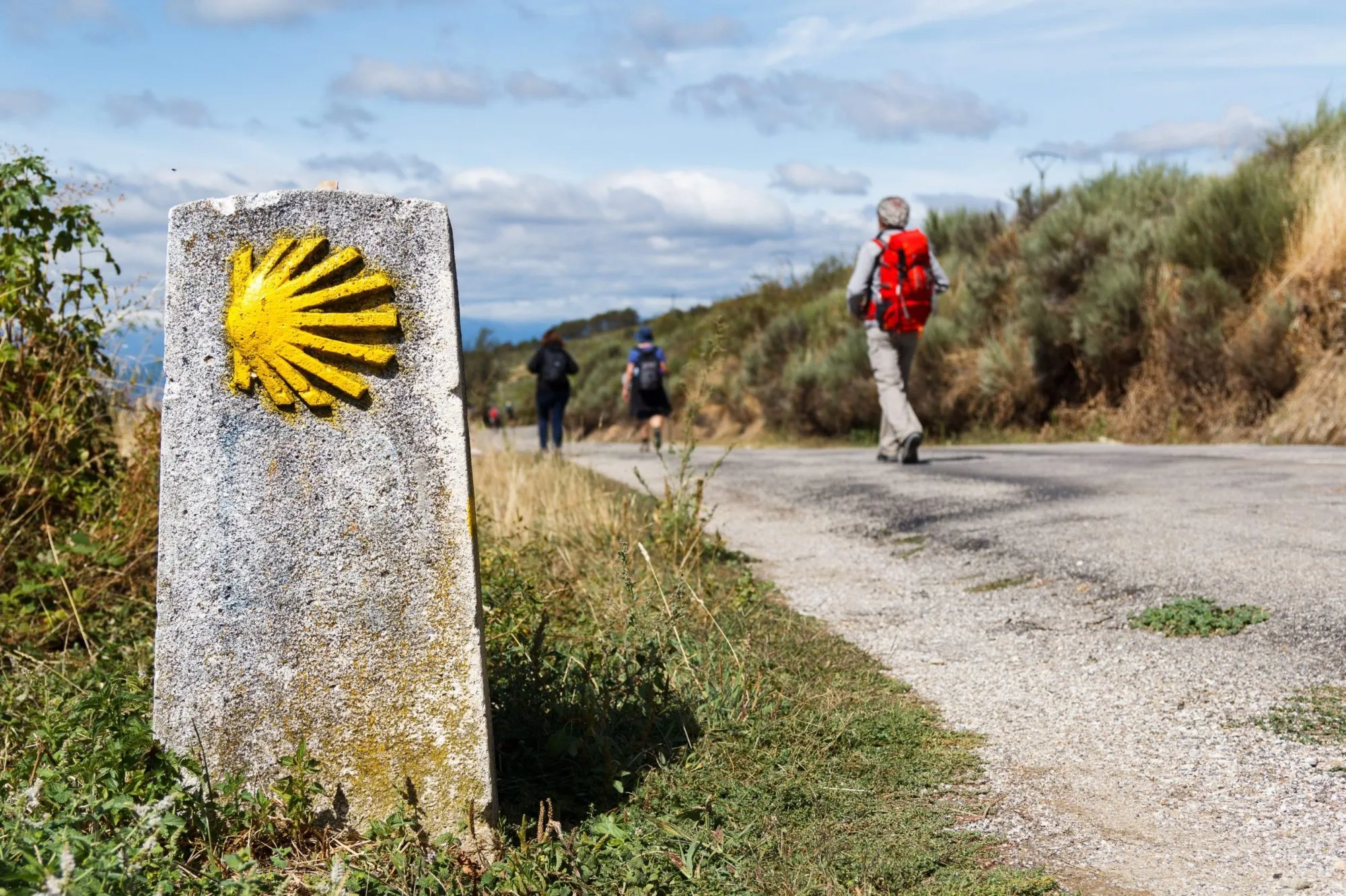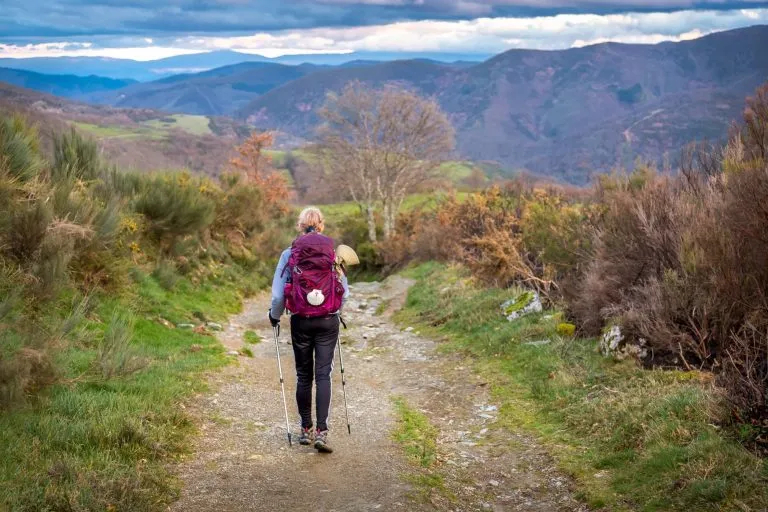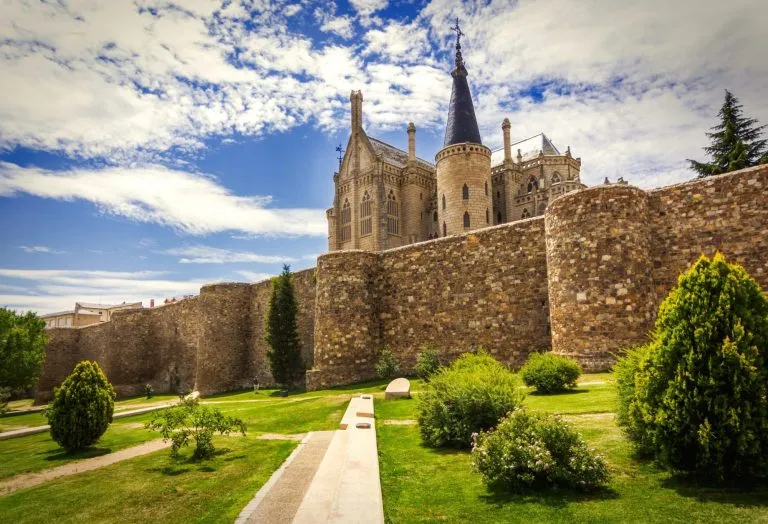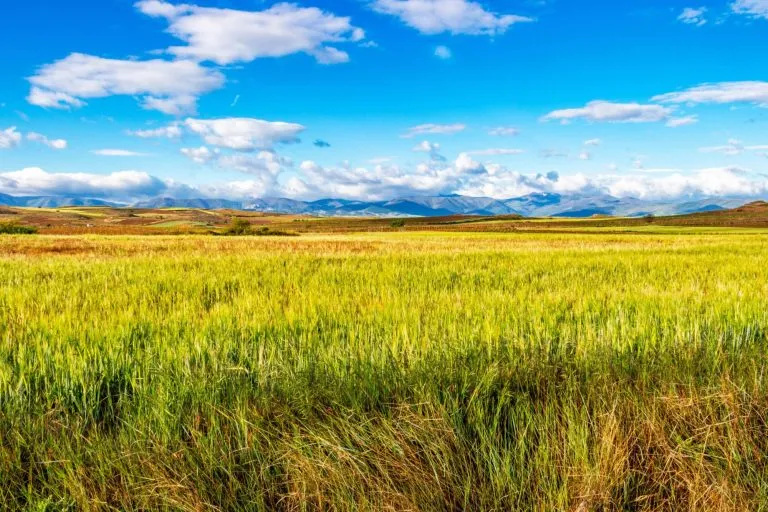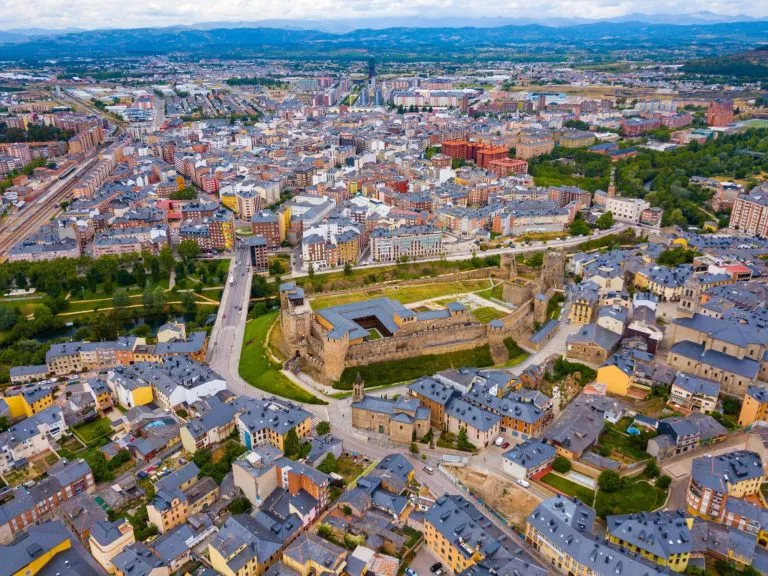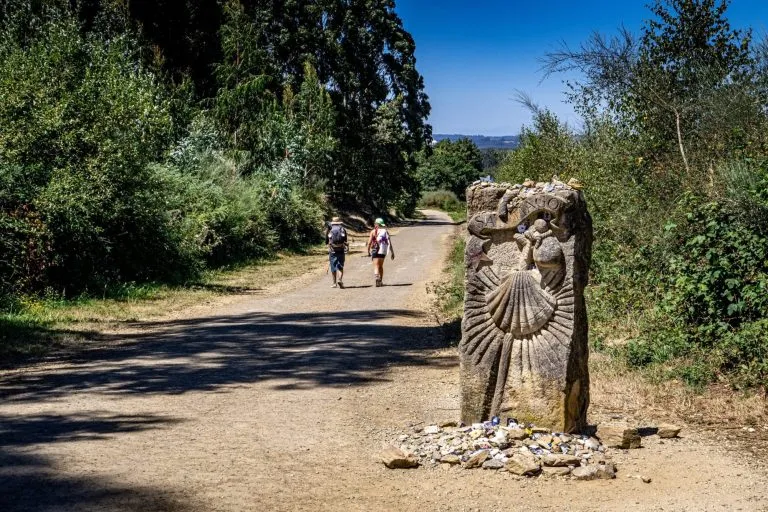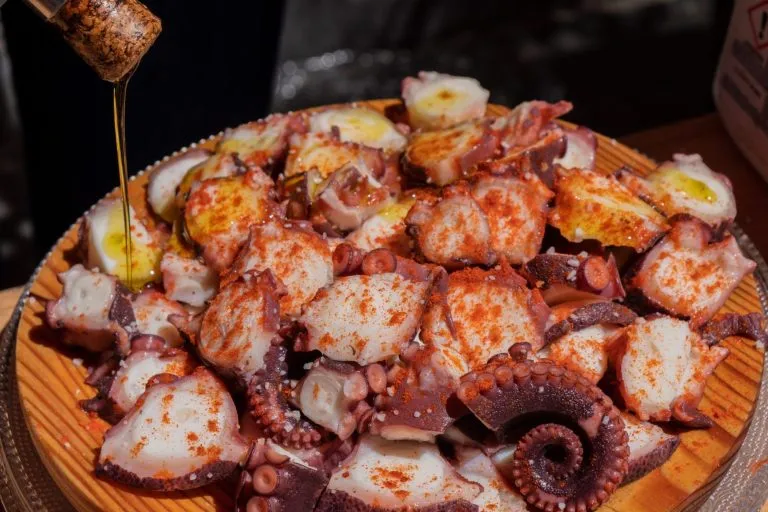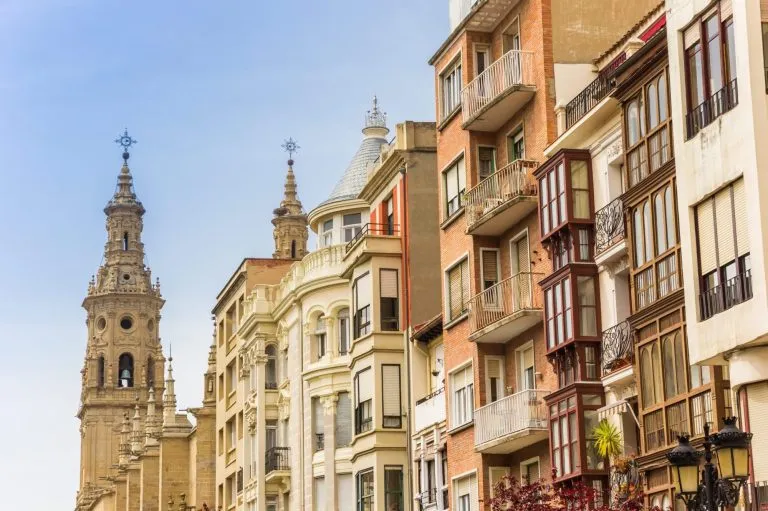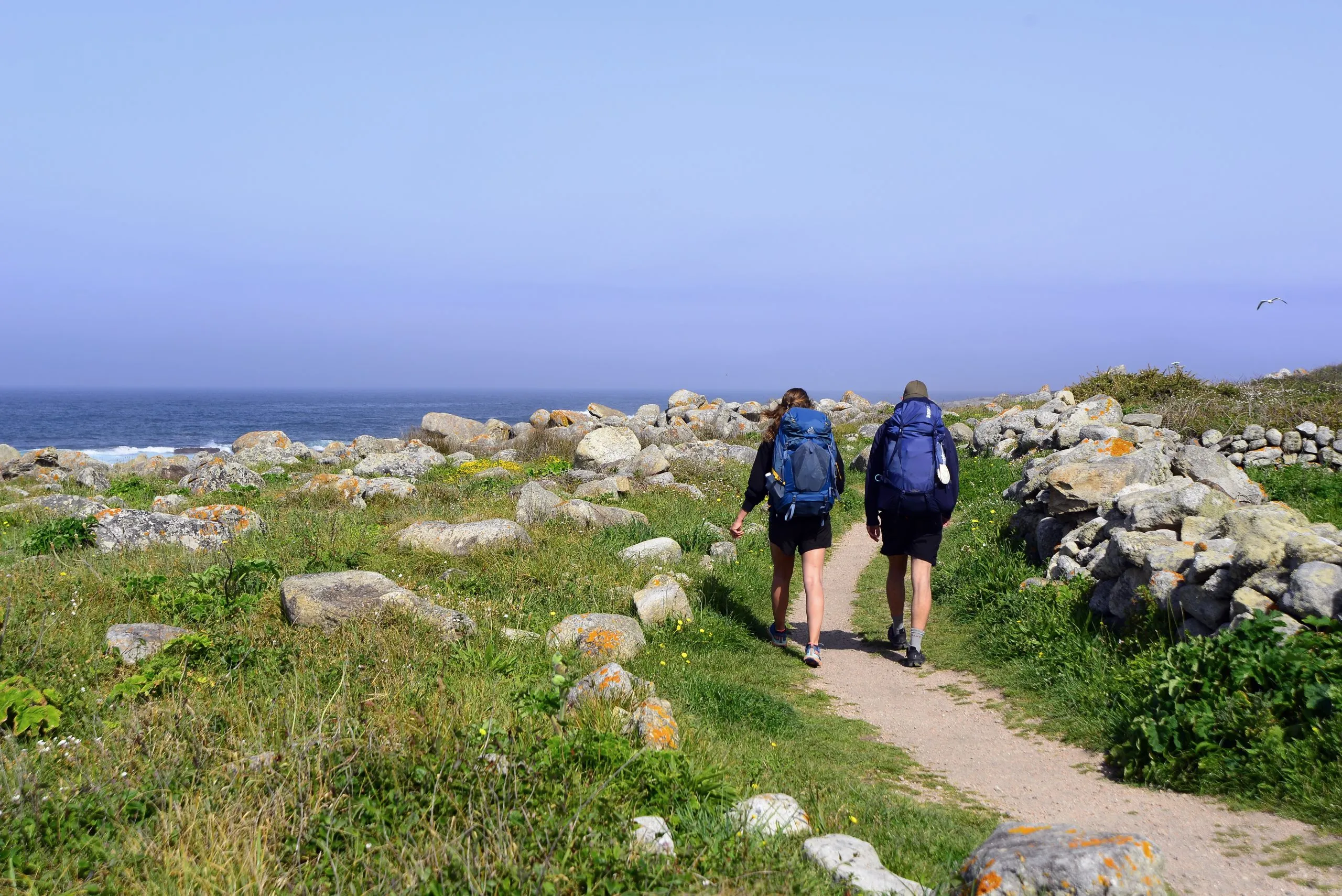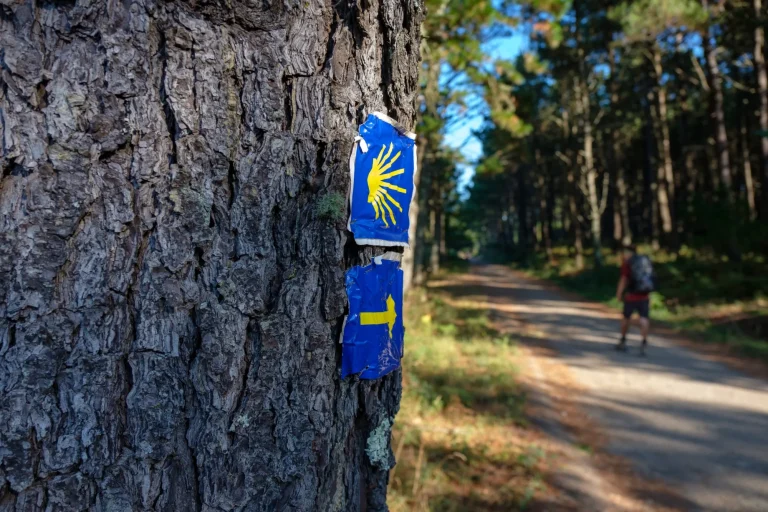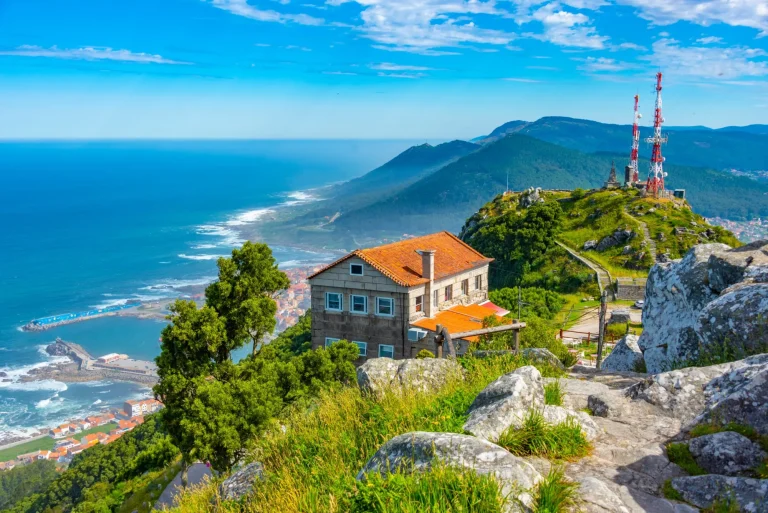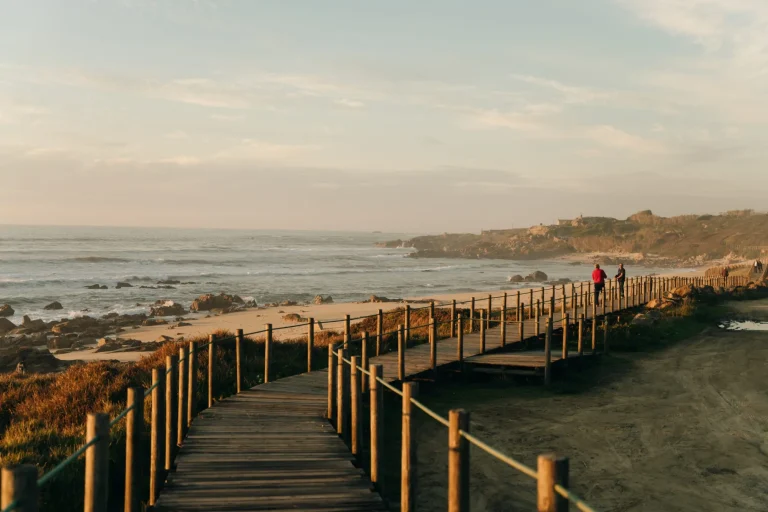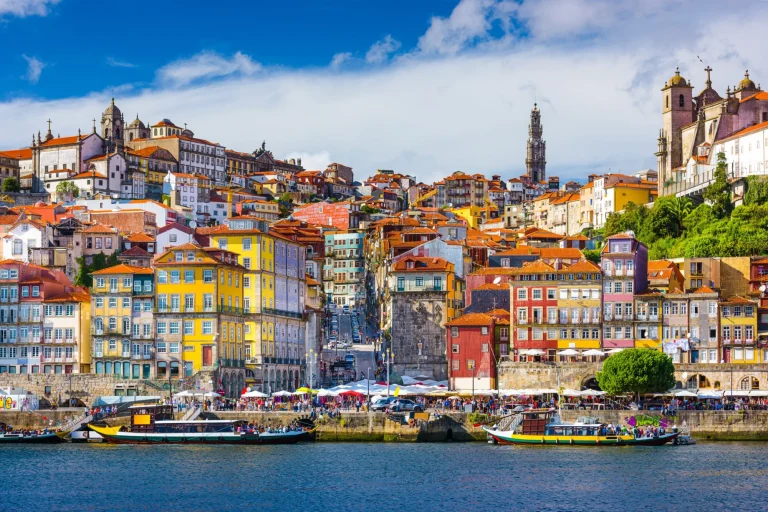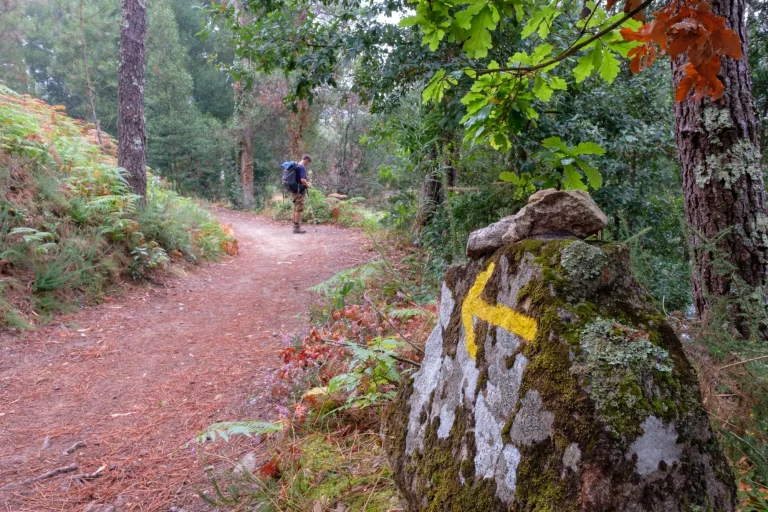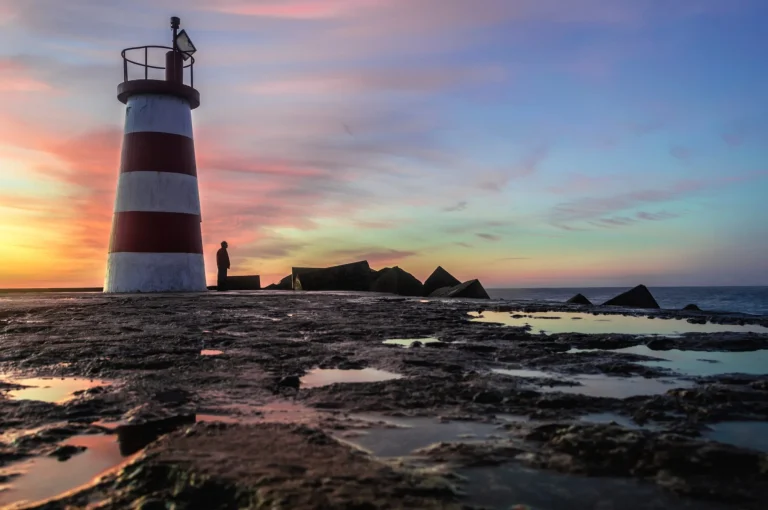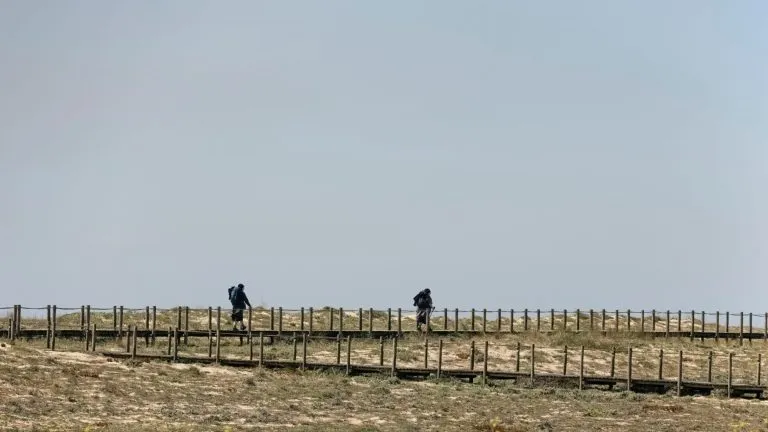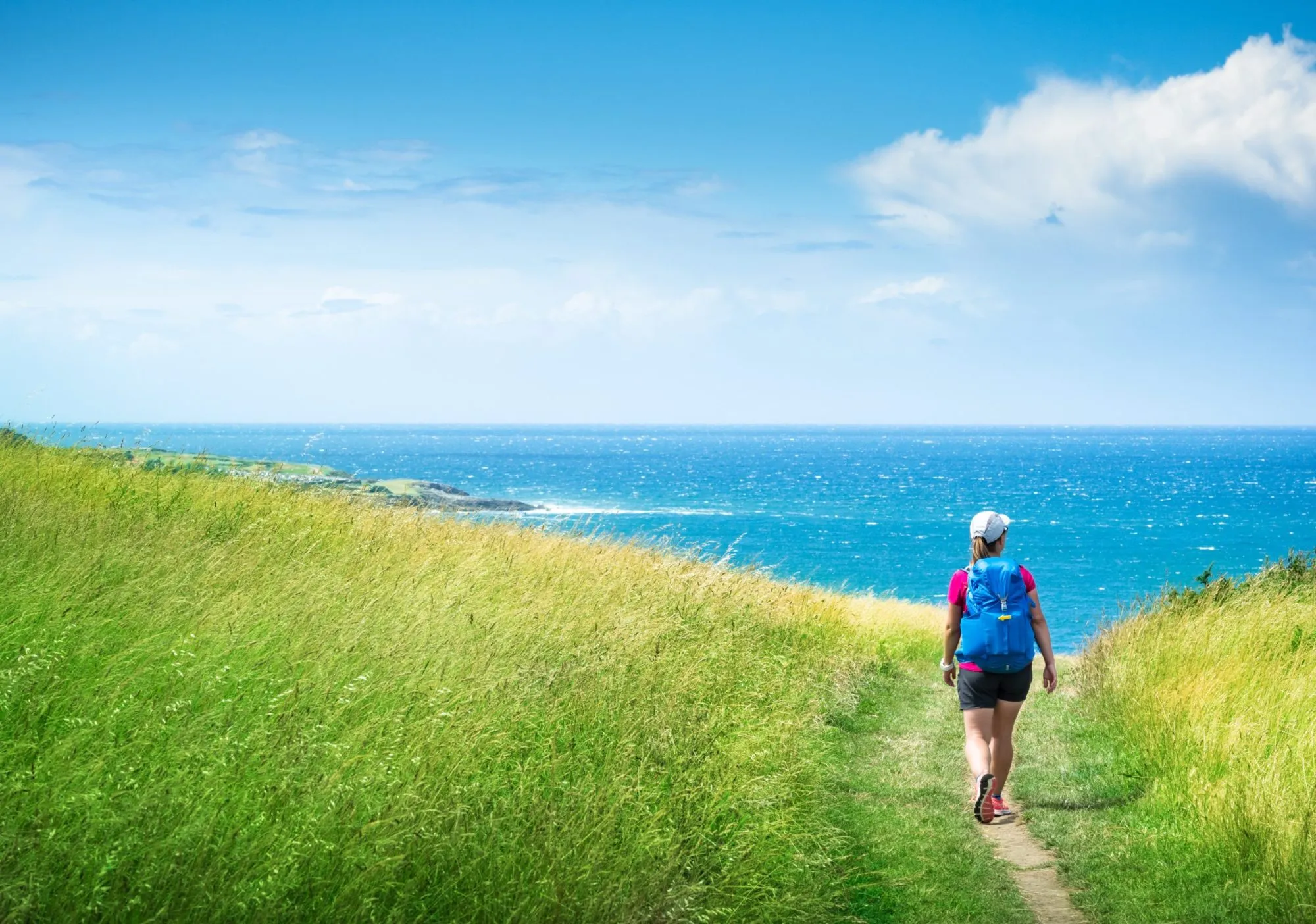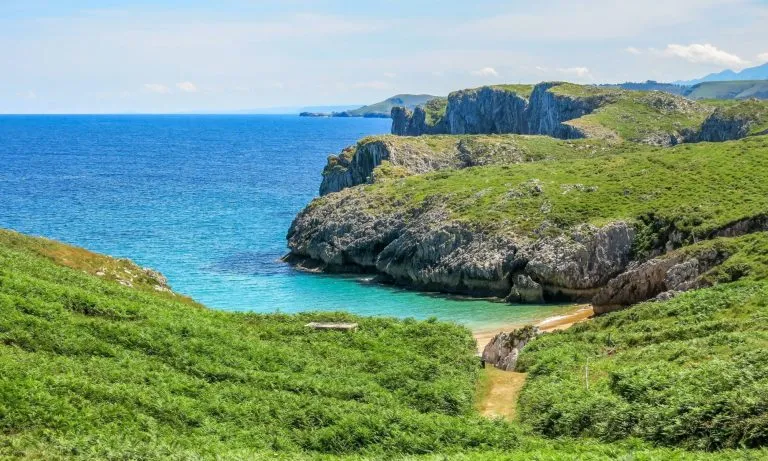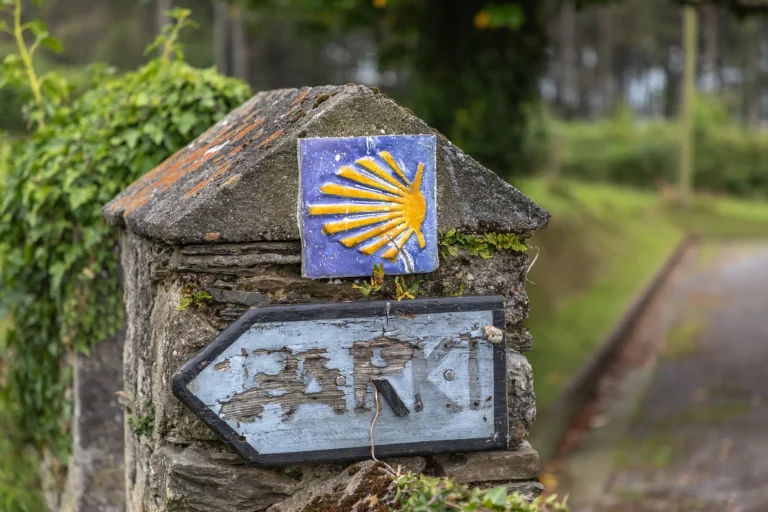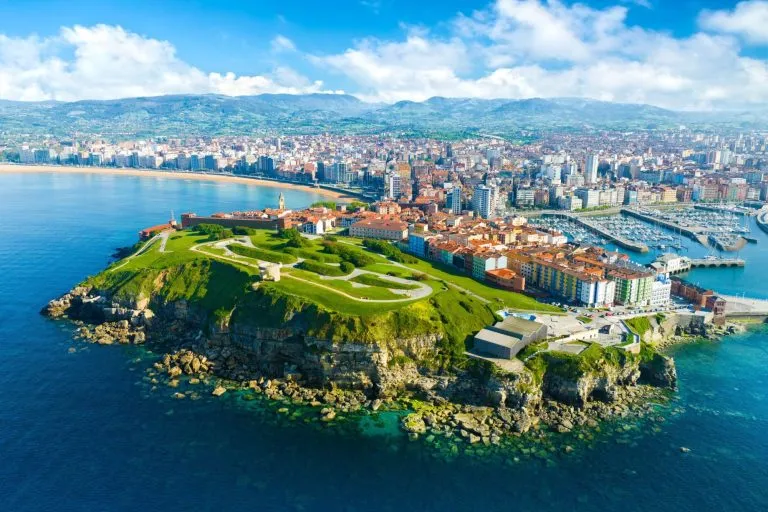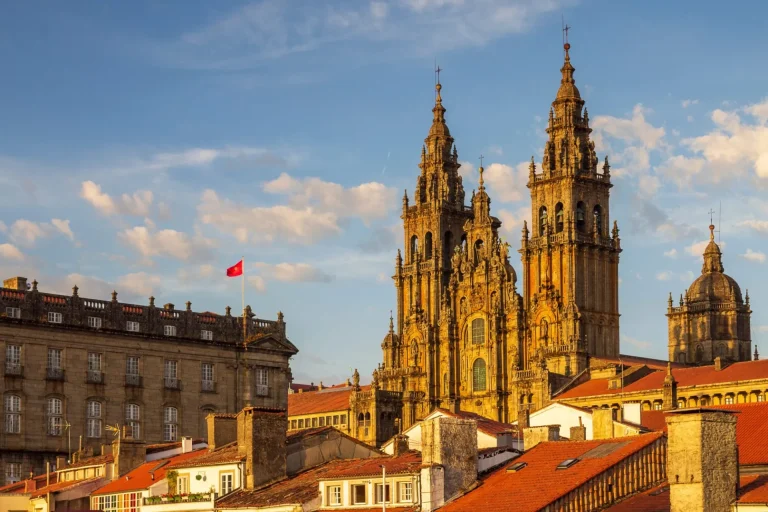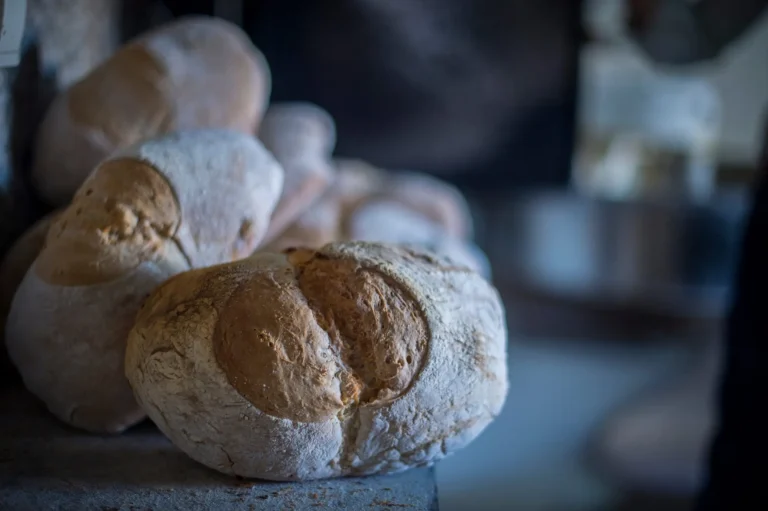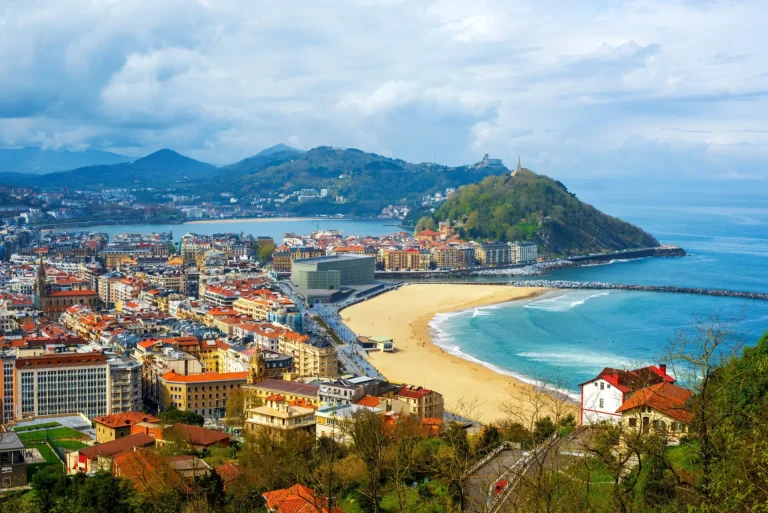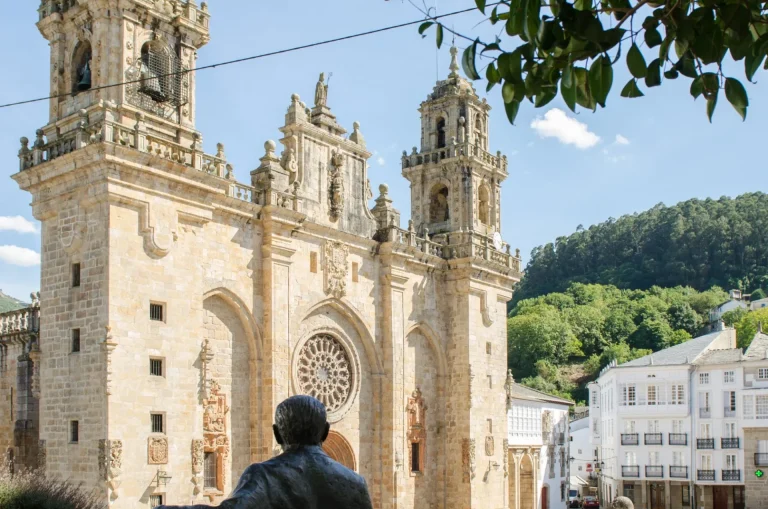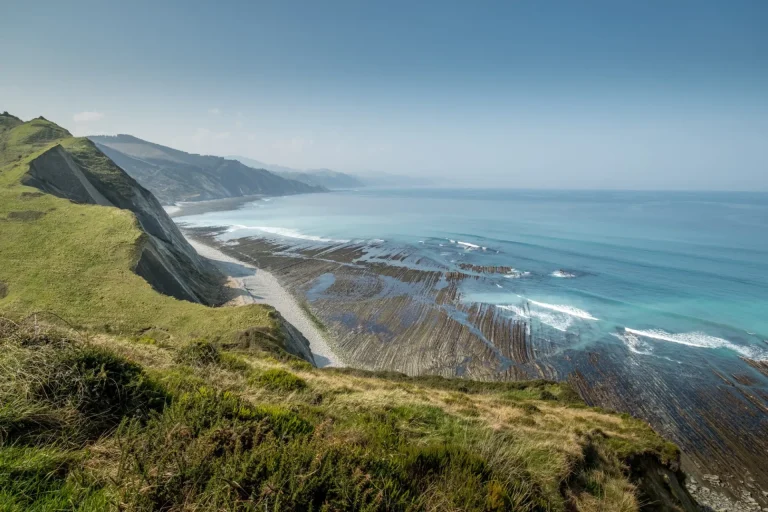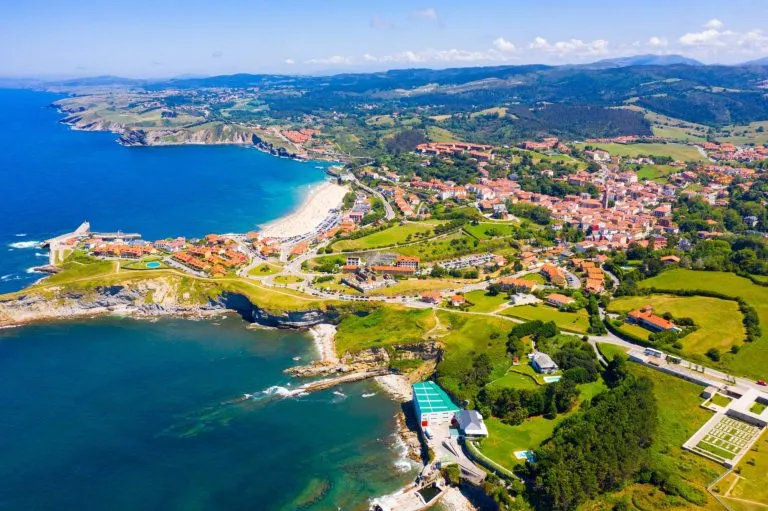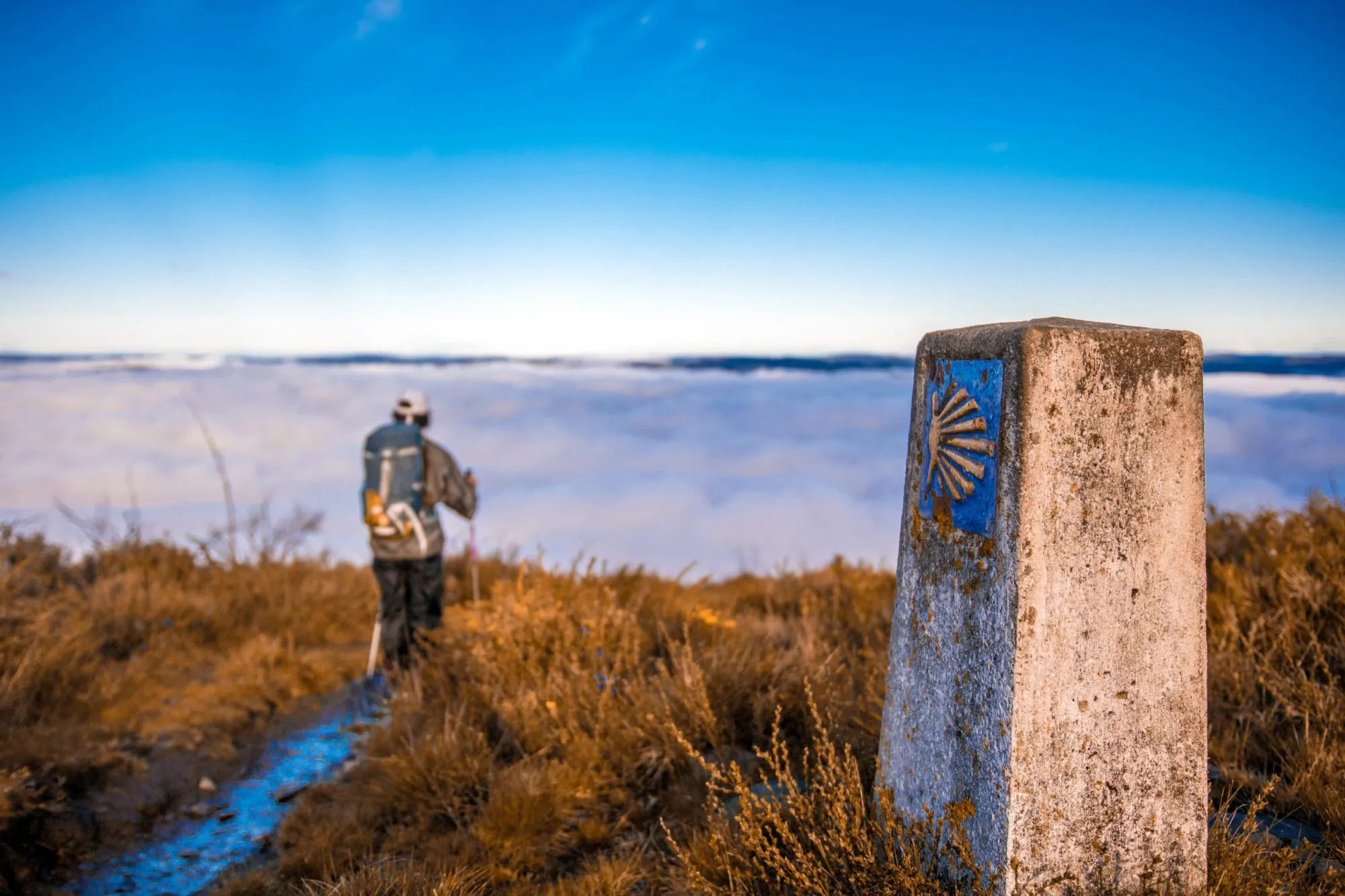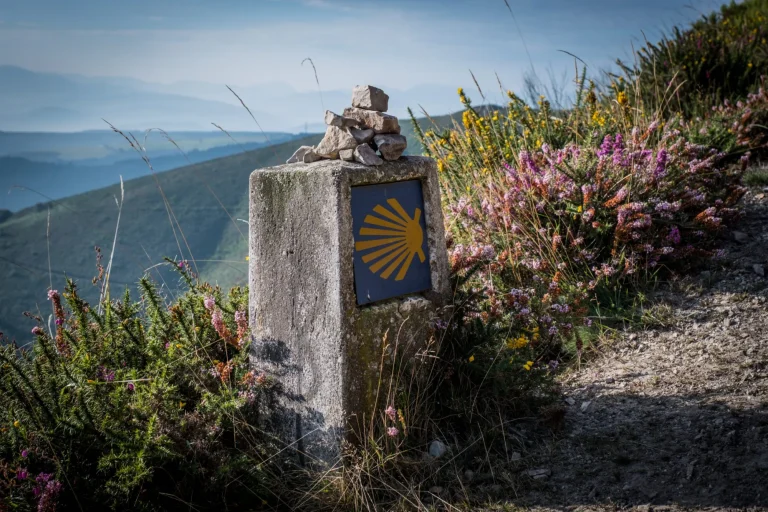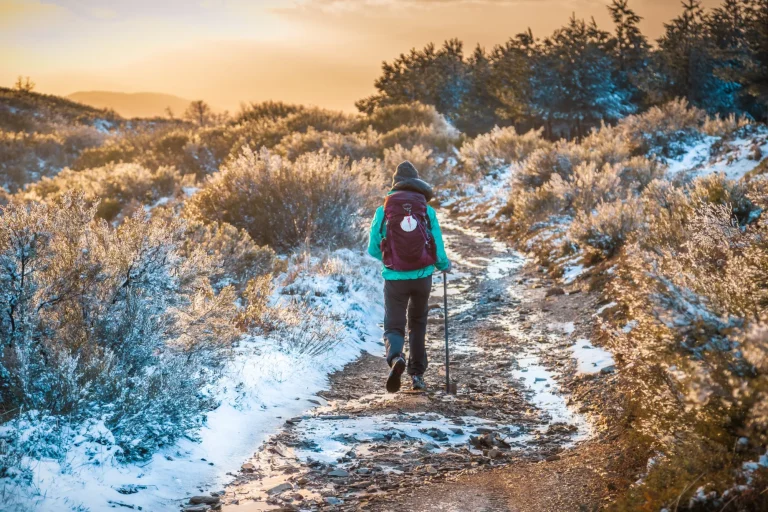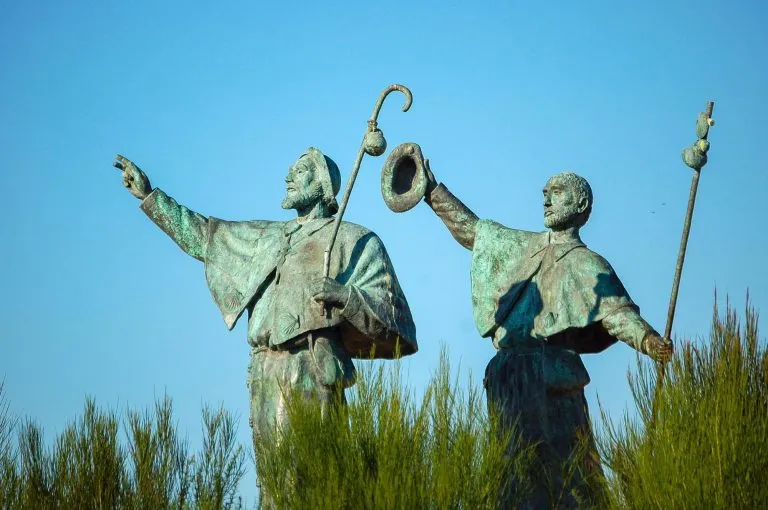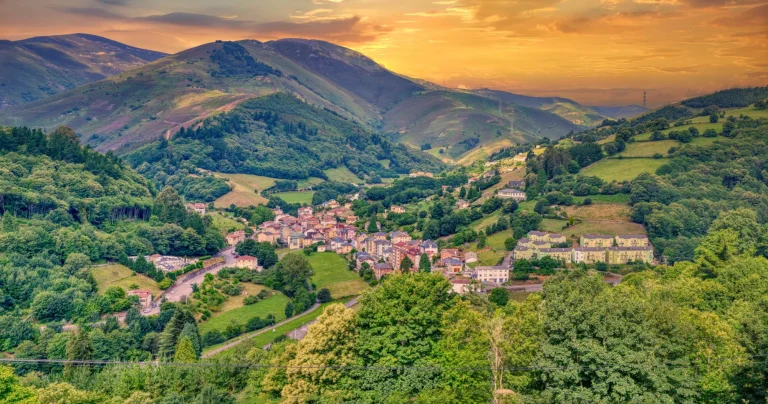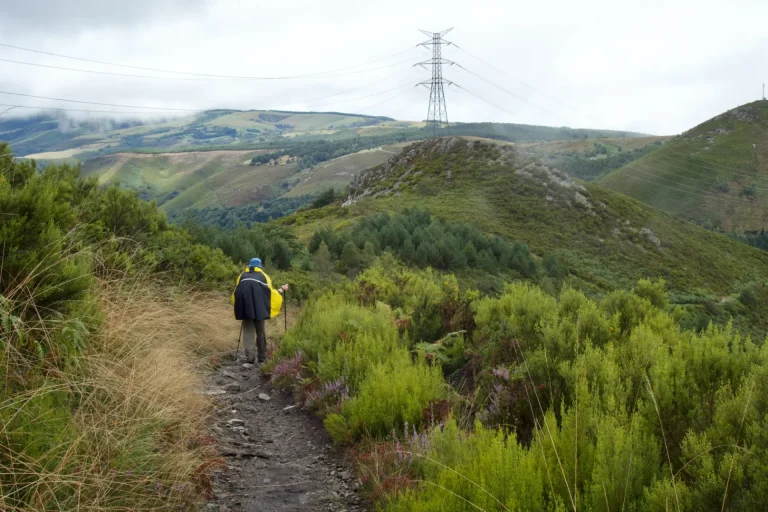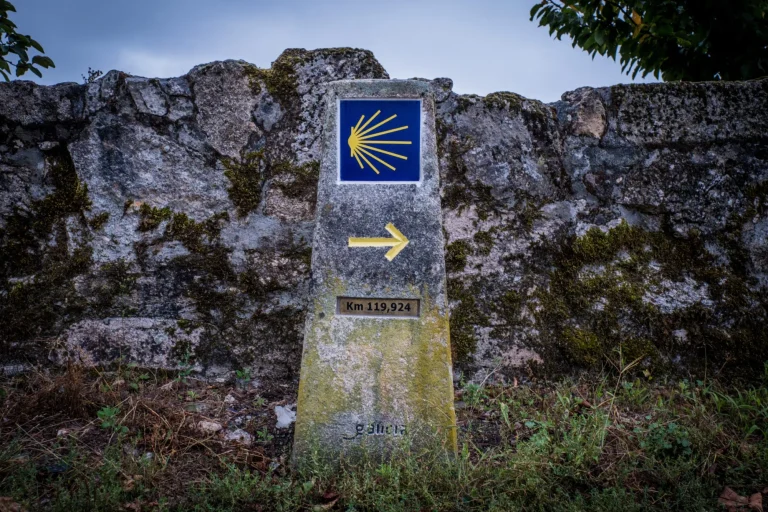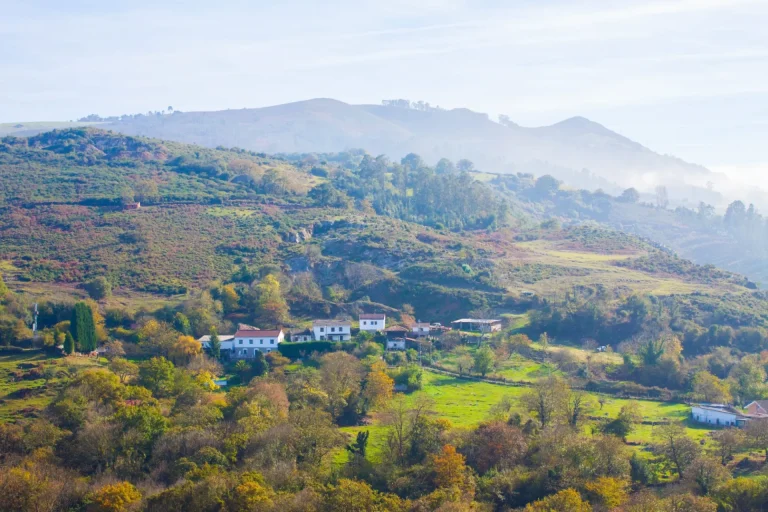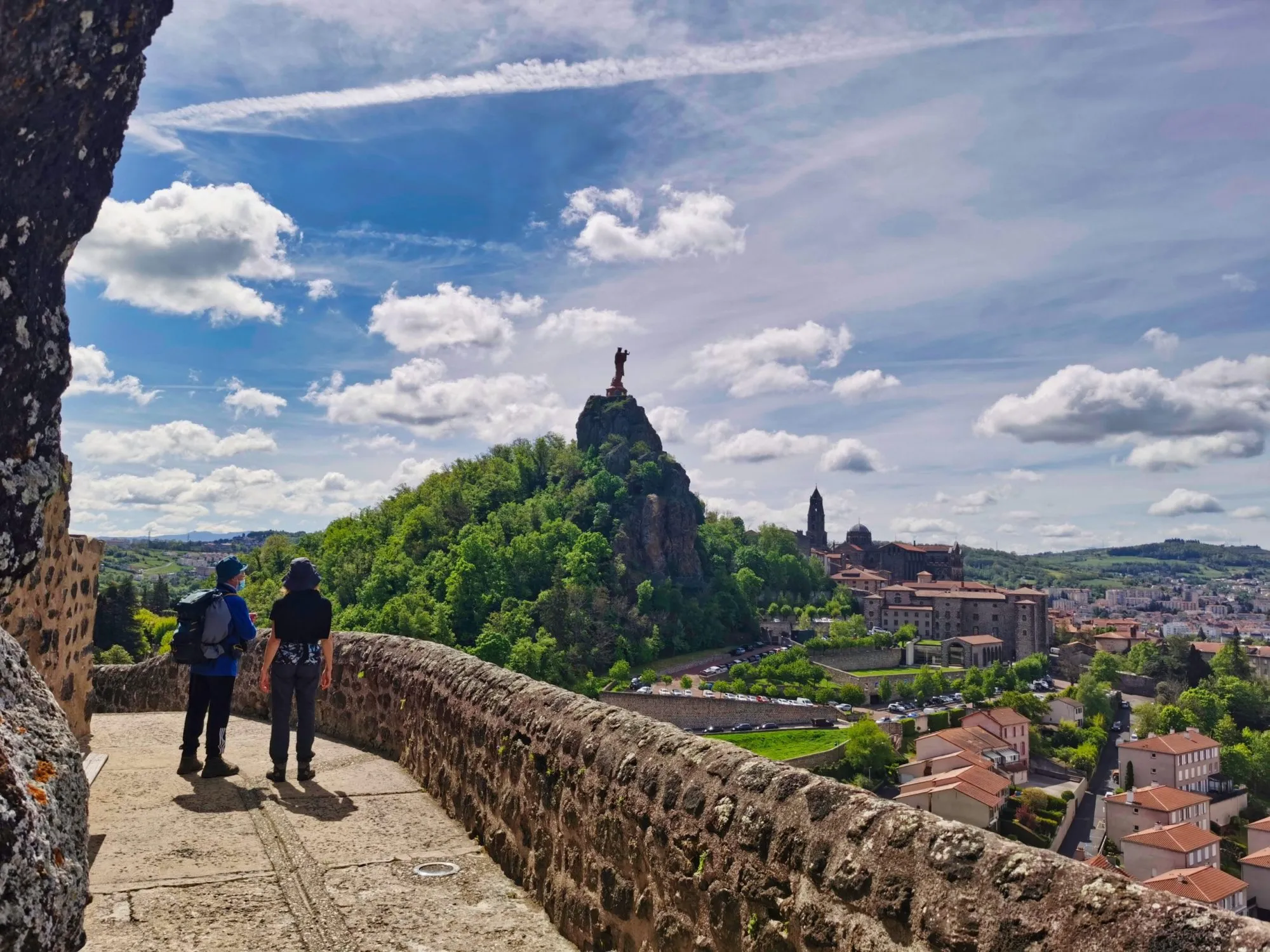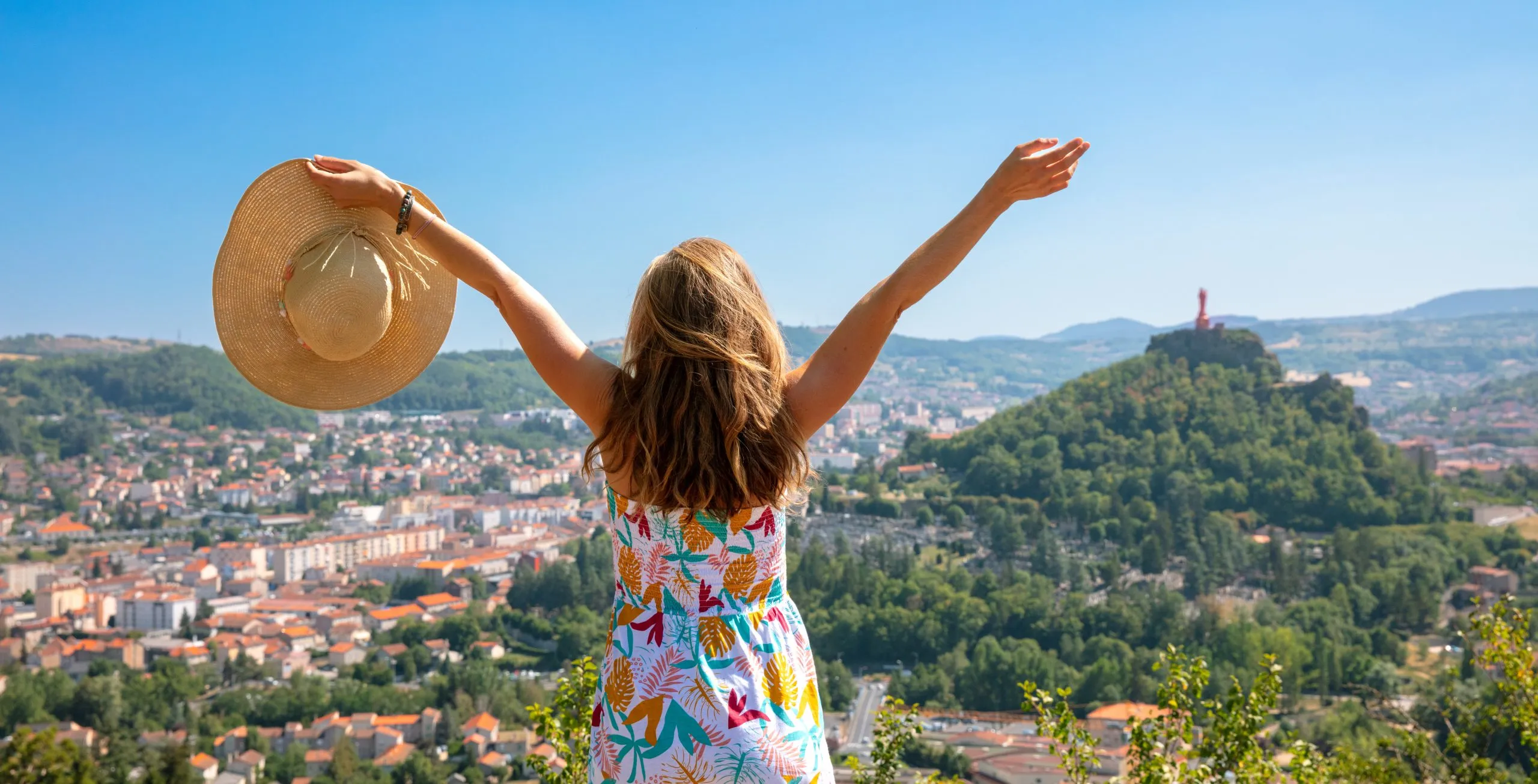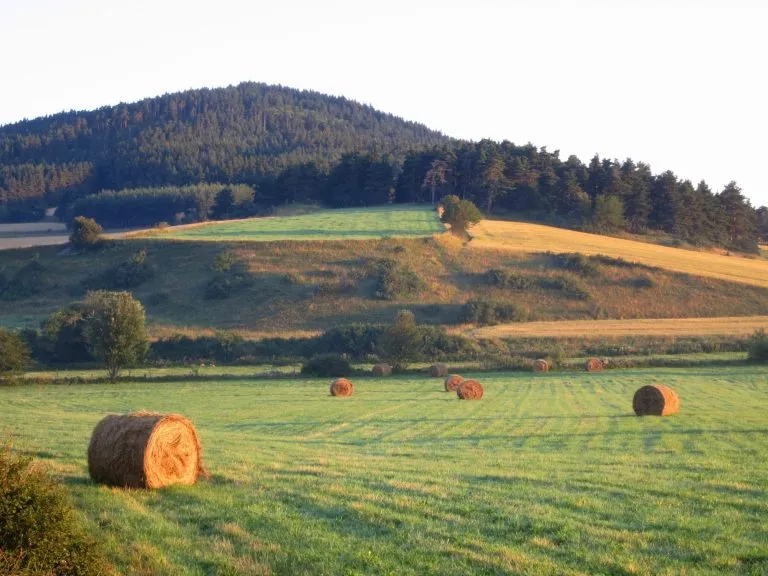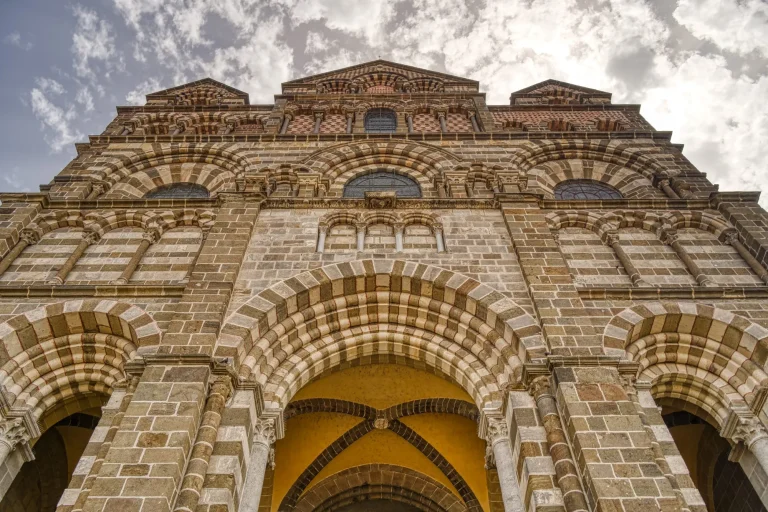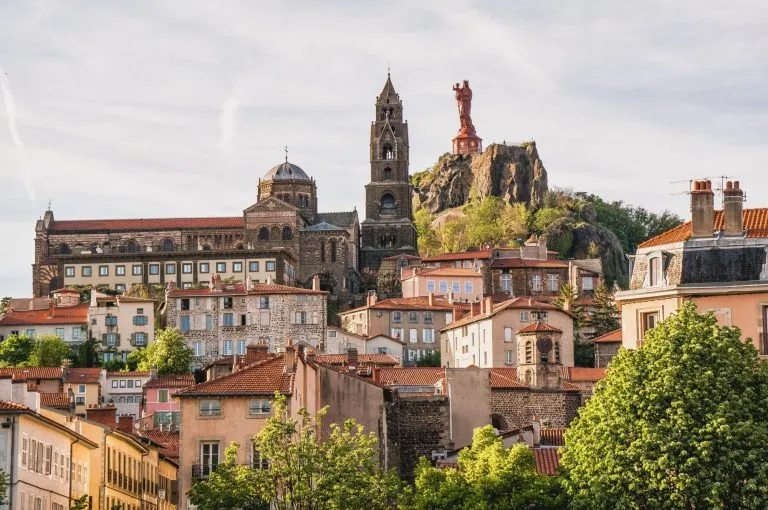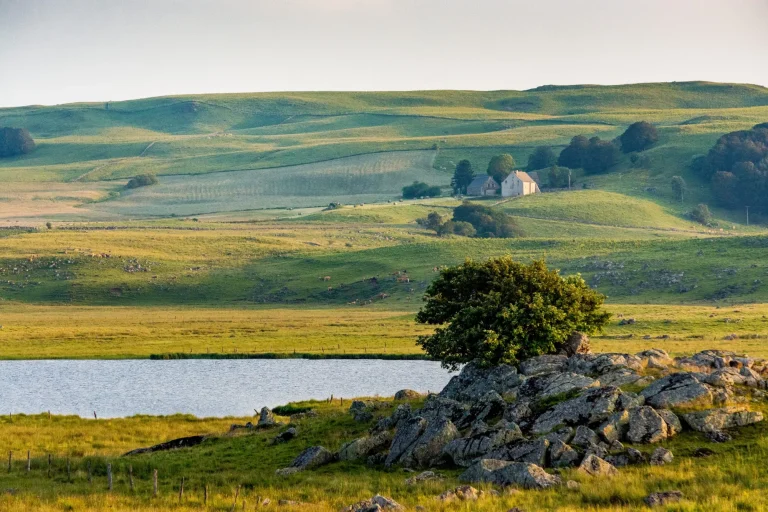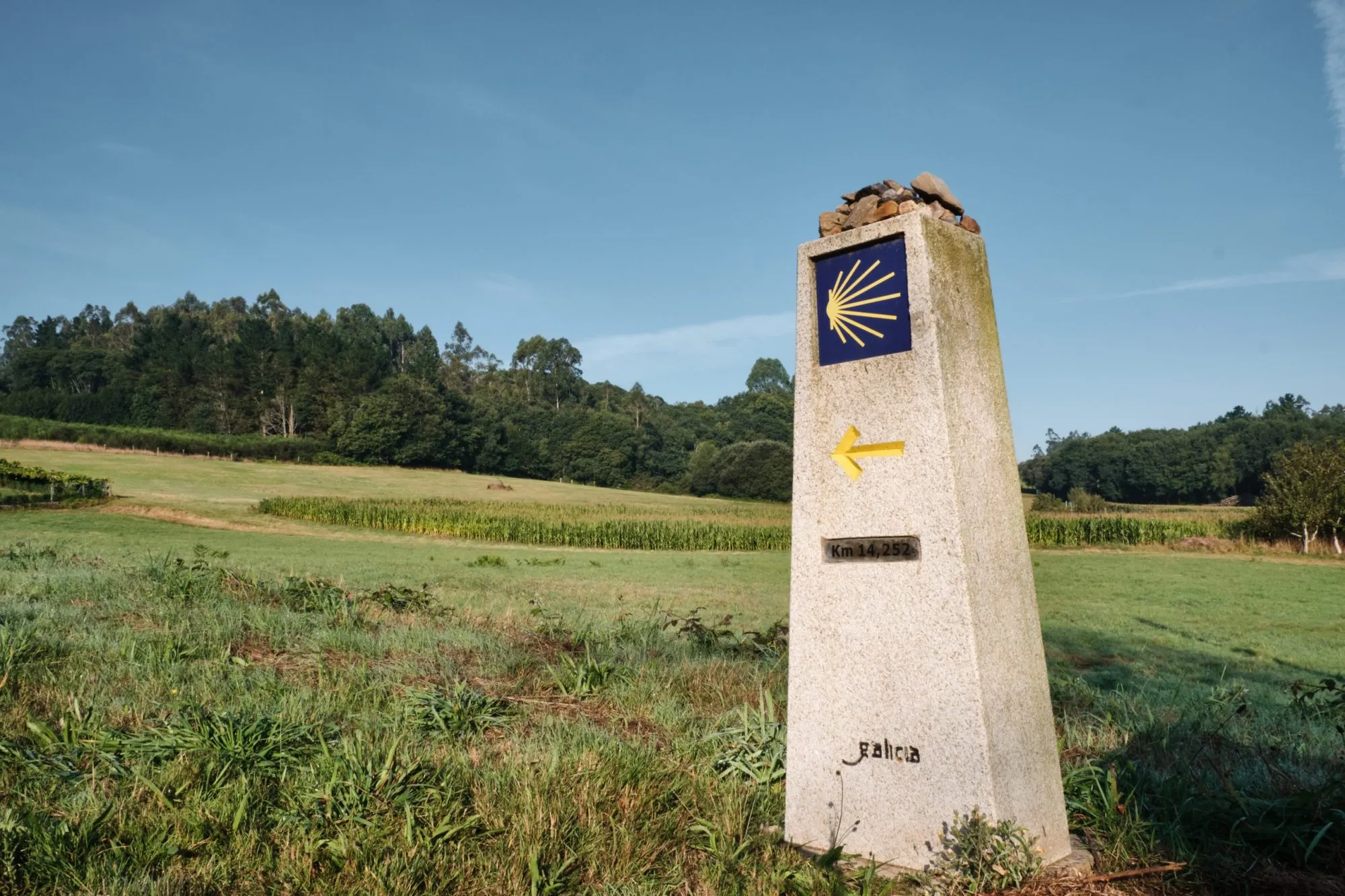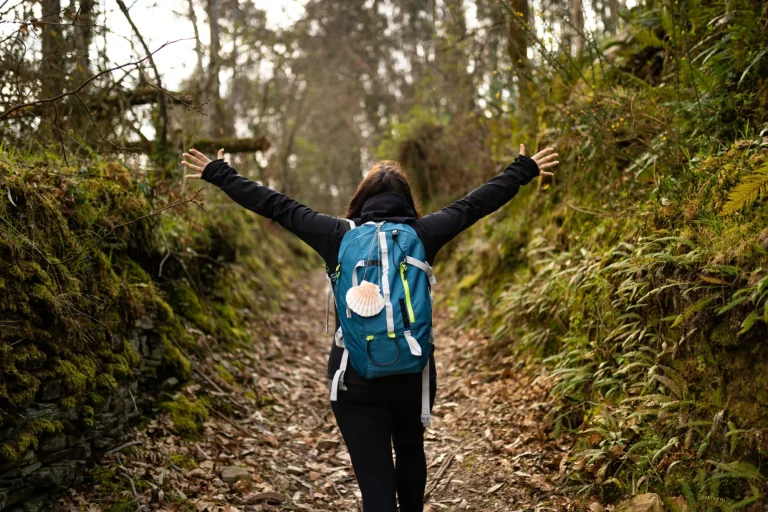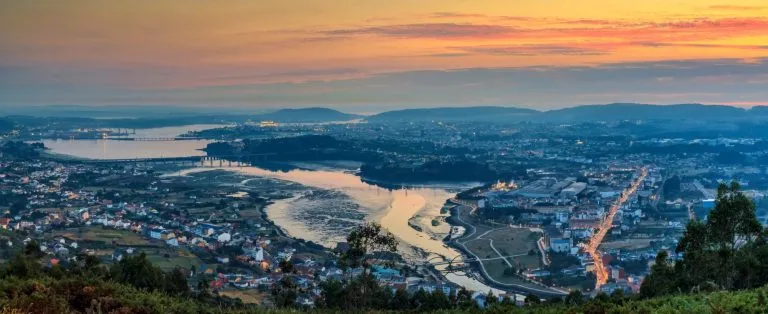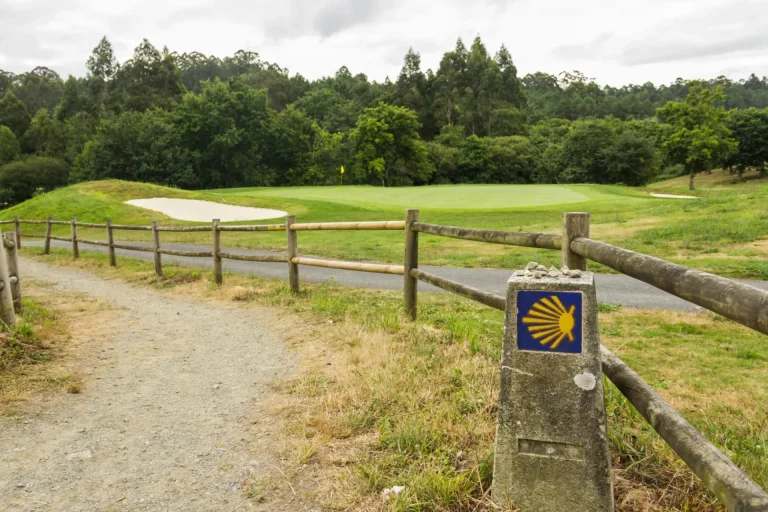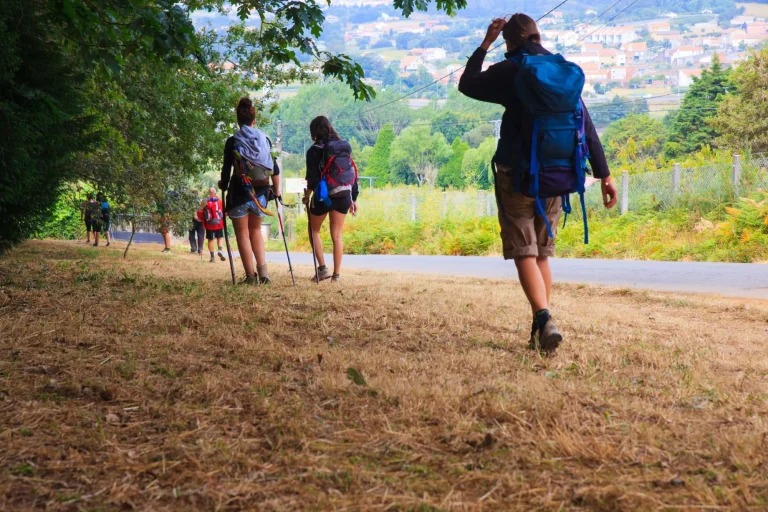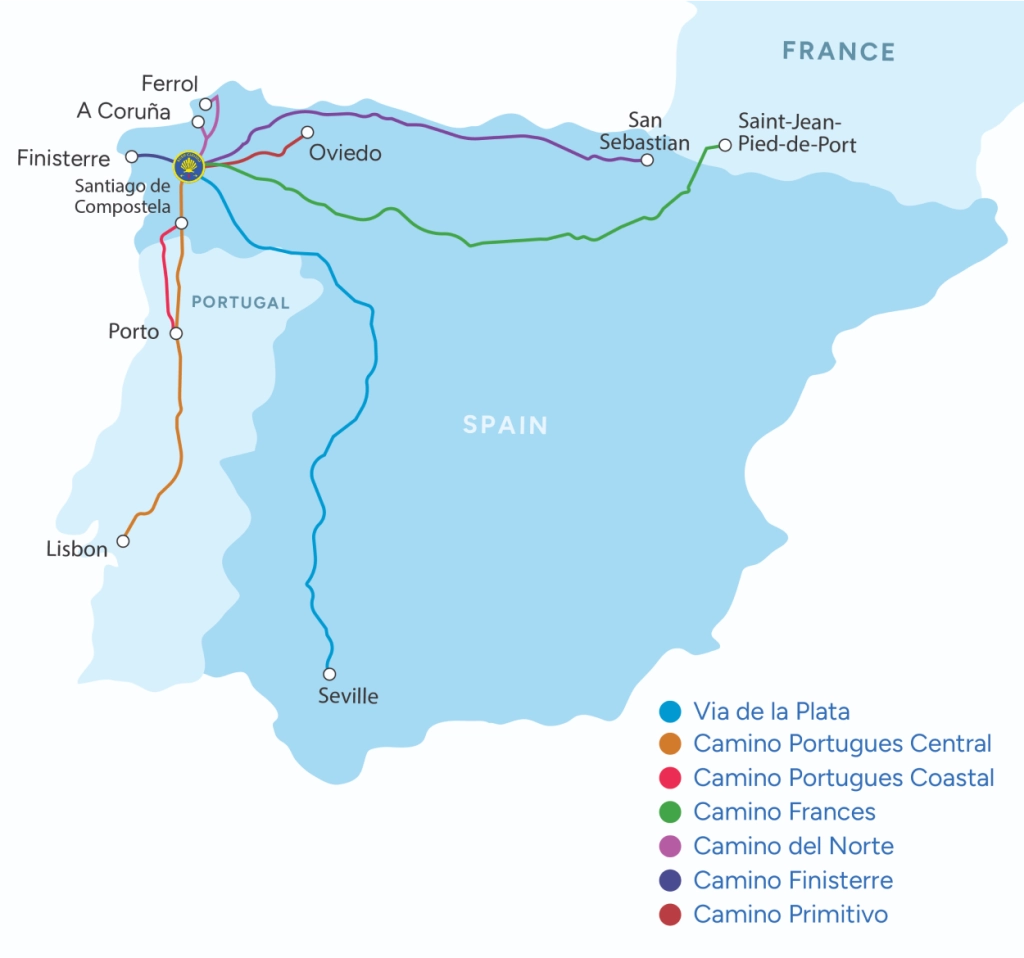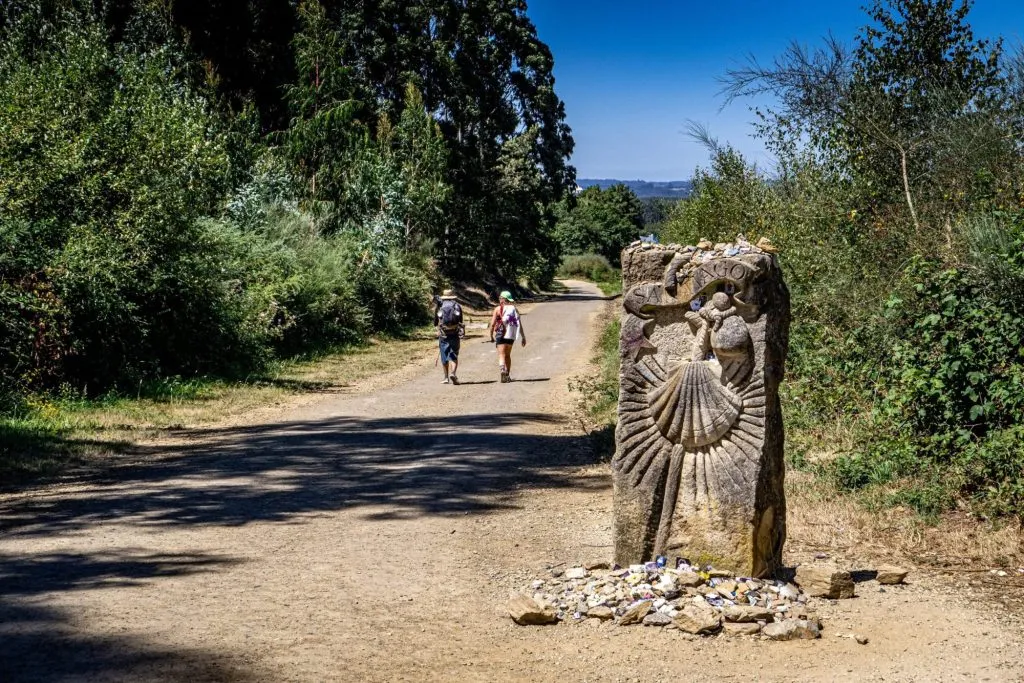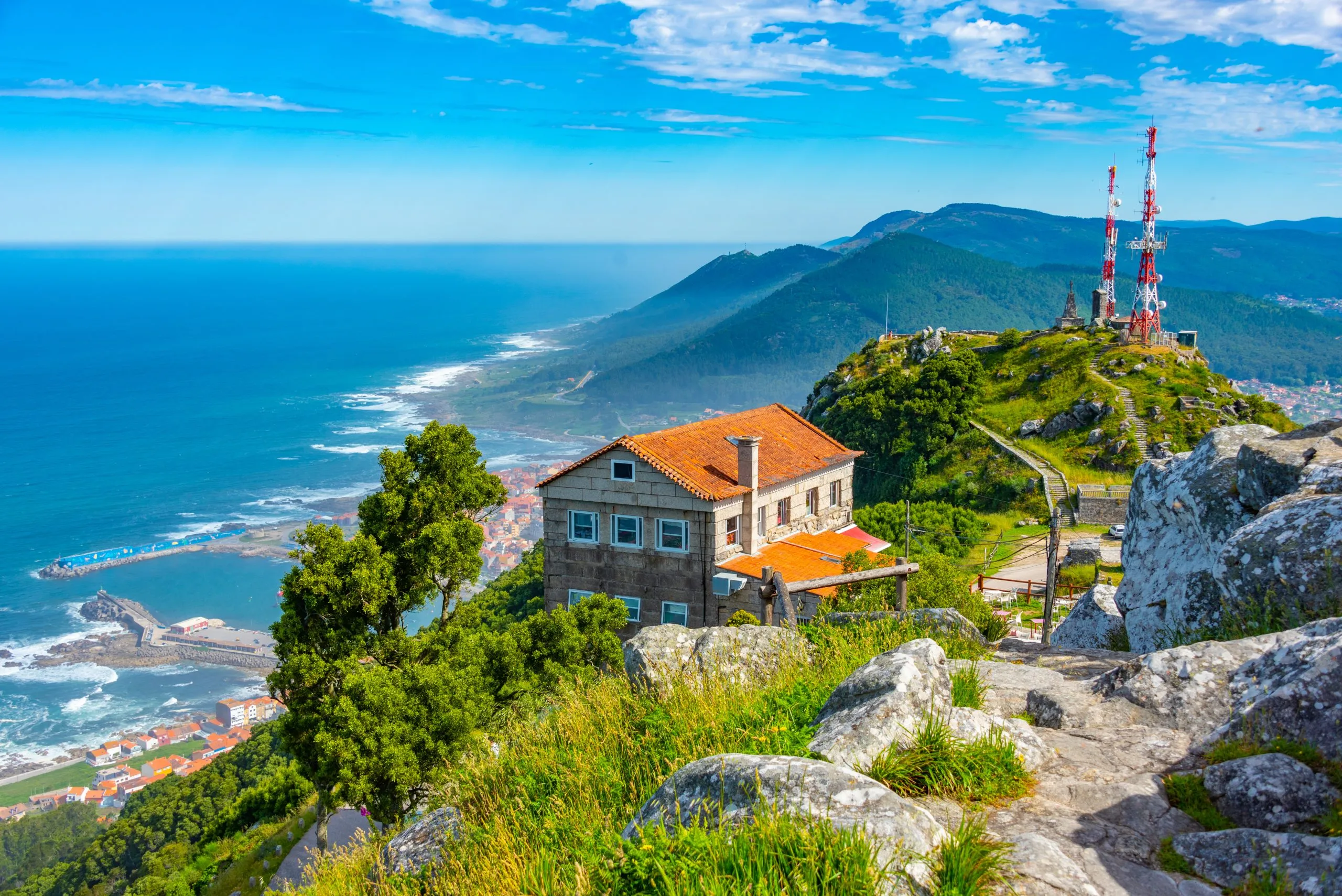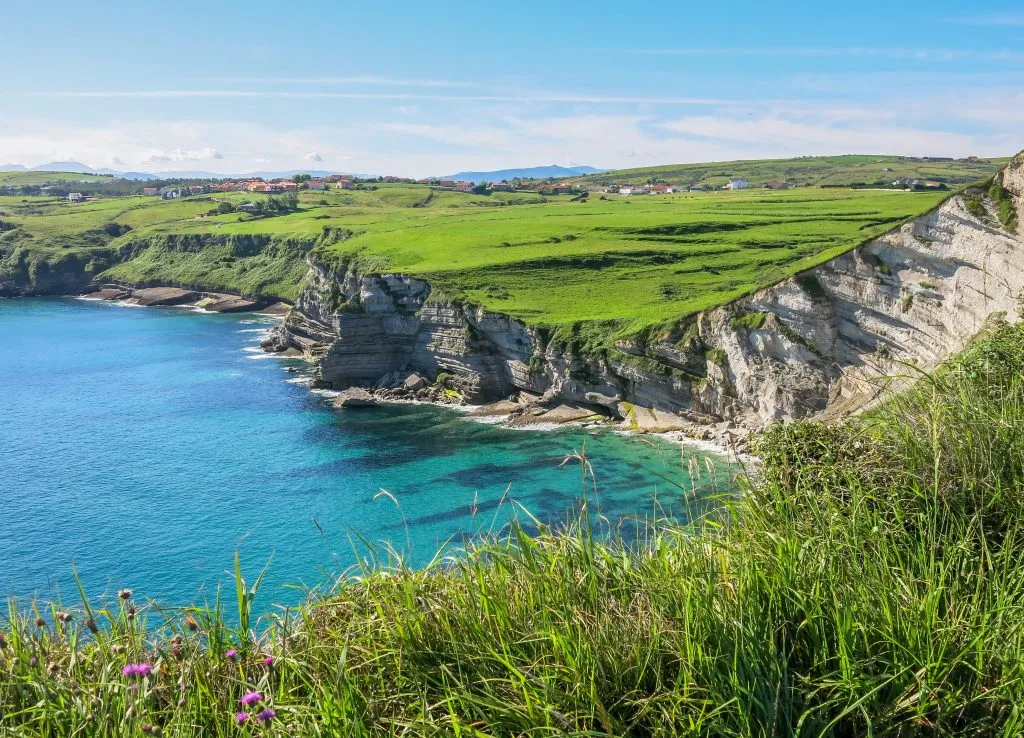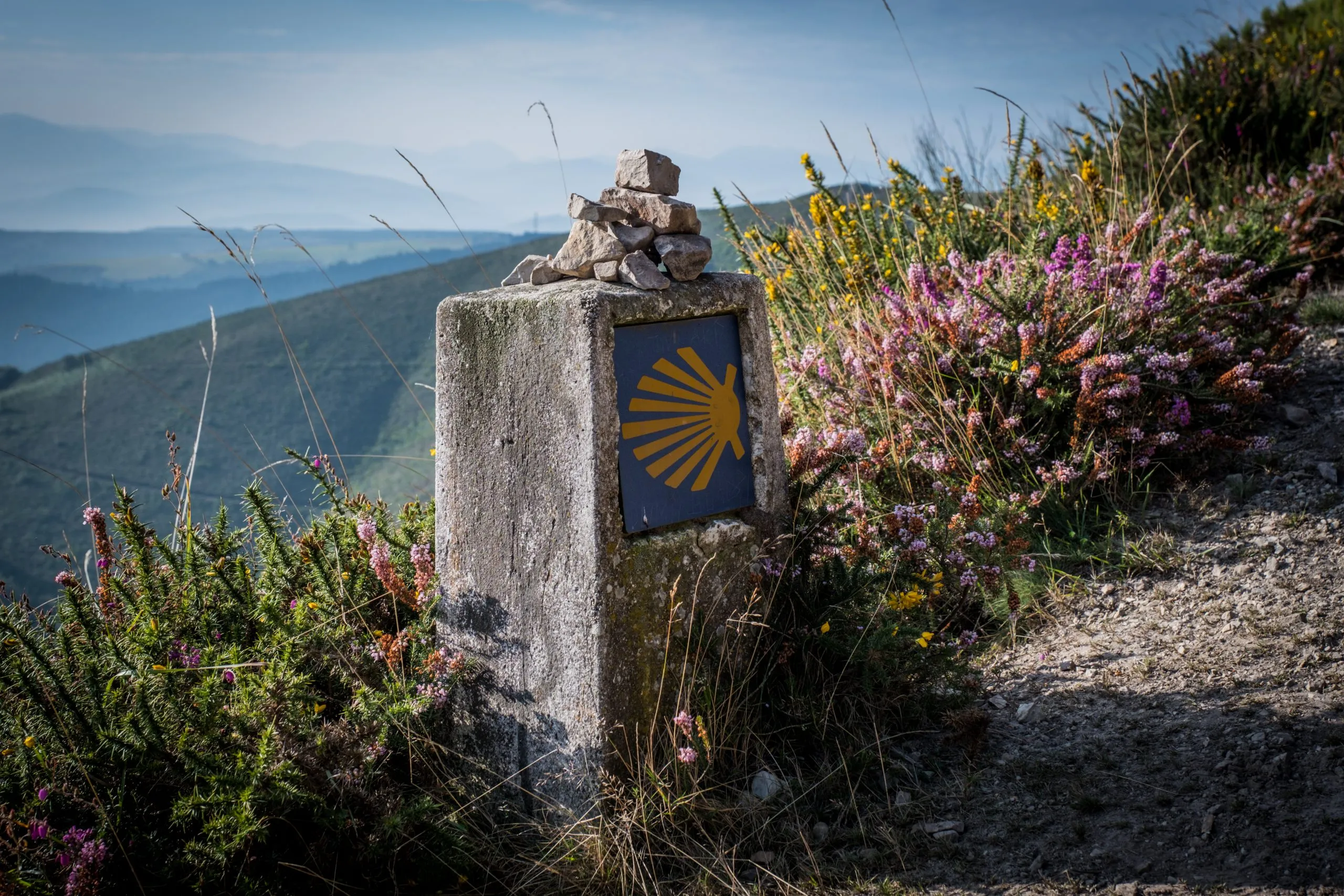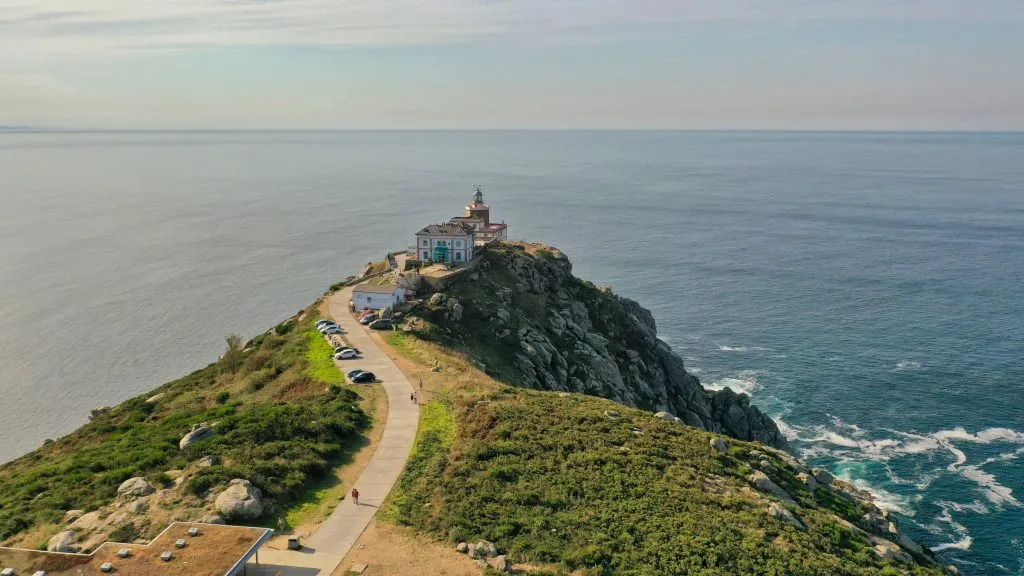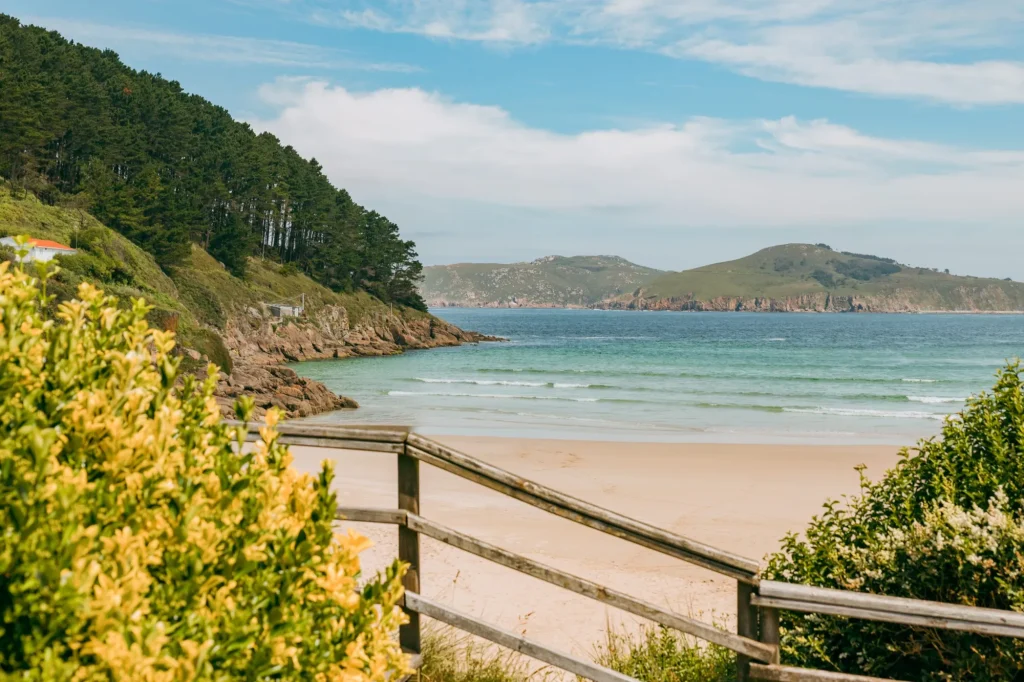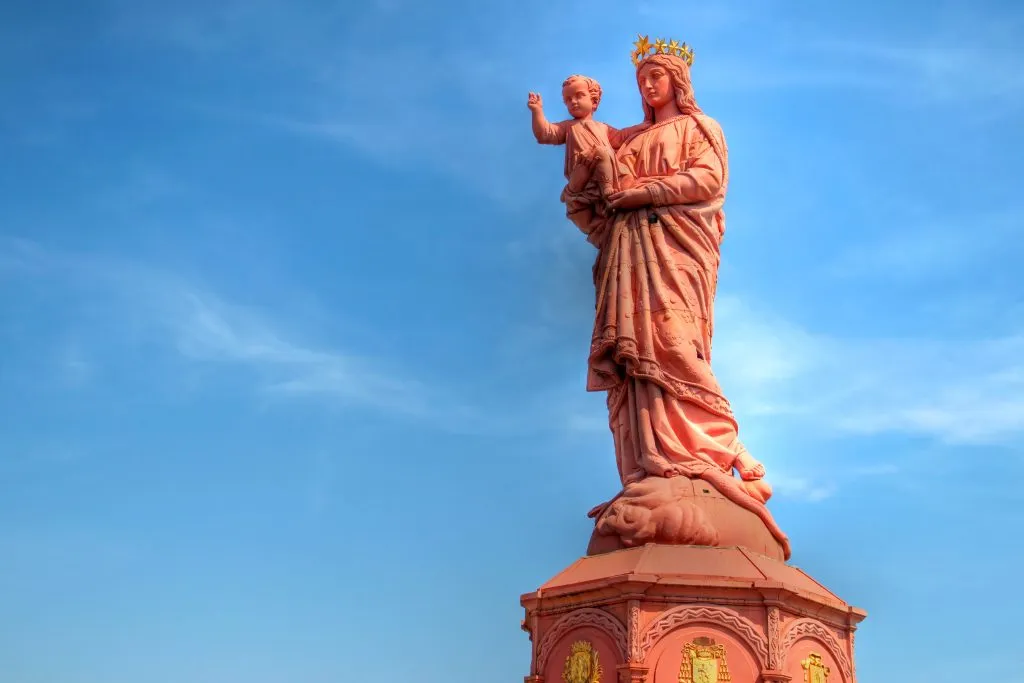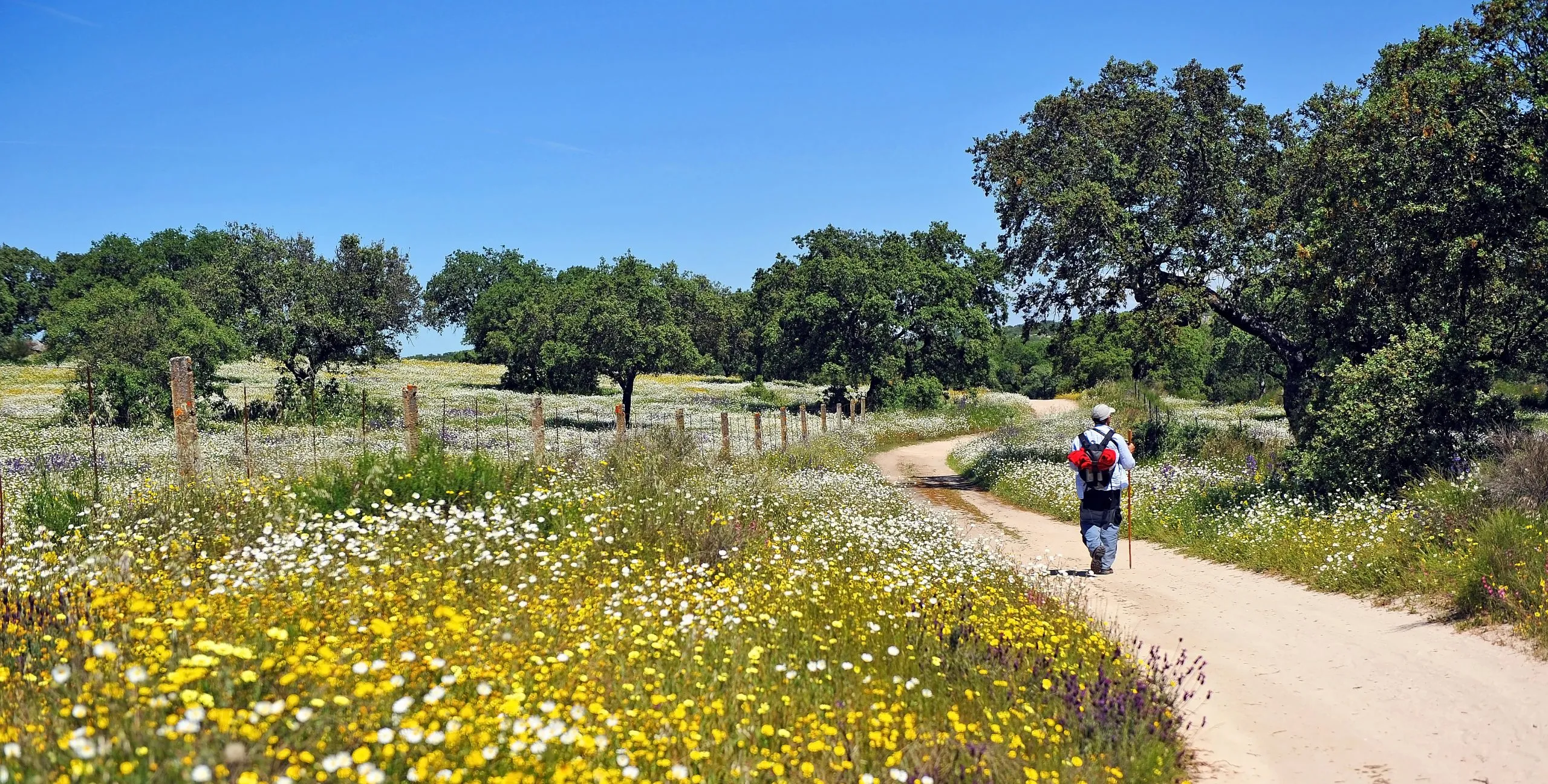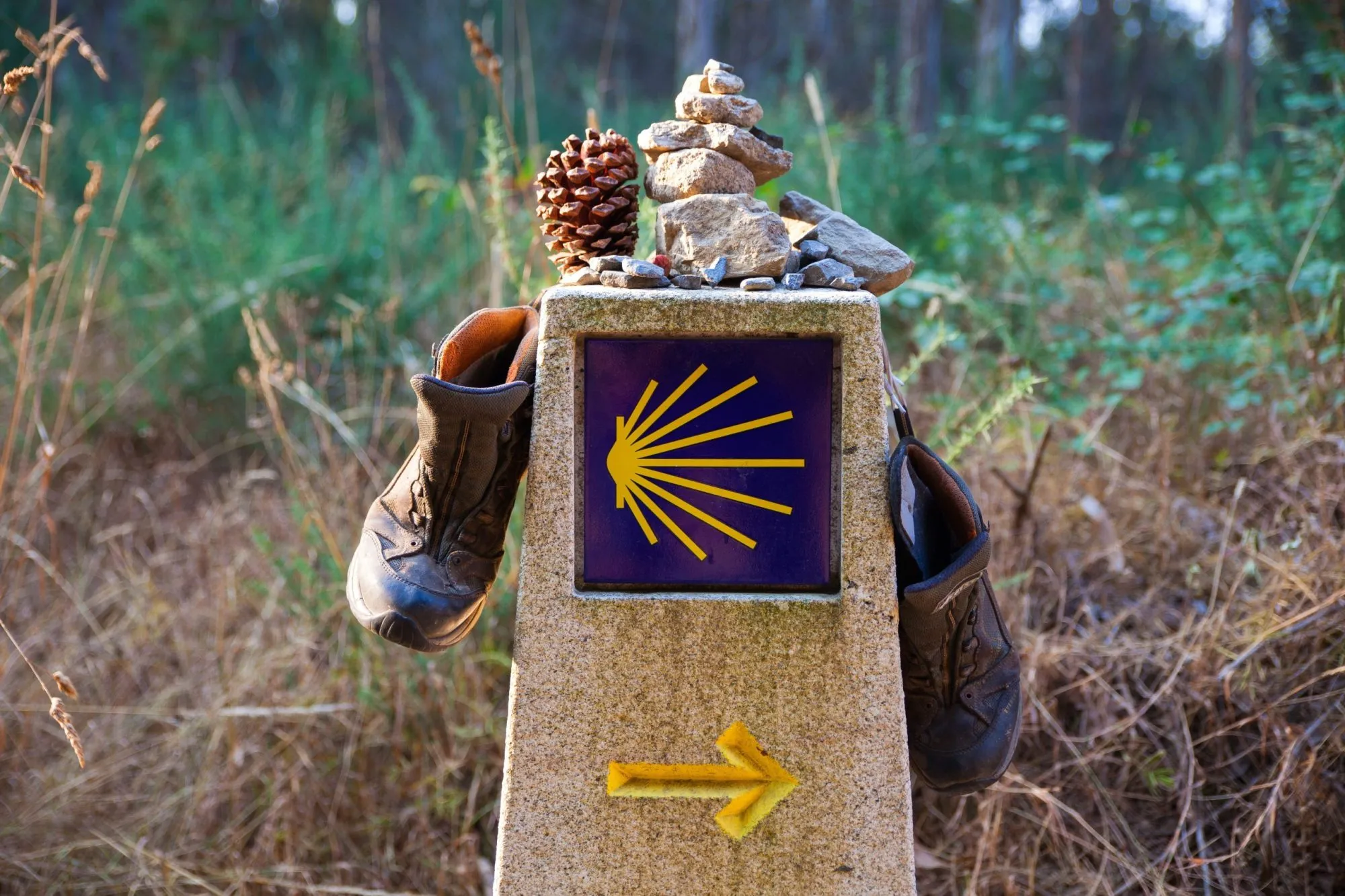
Camino de Santiago Tours
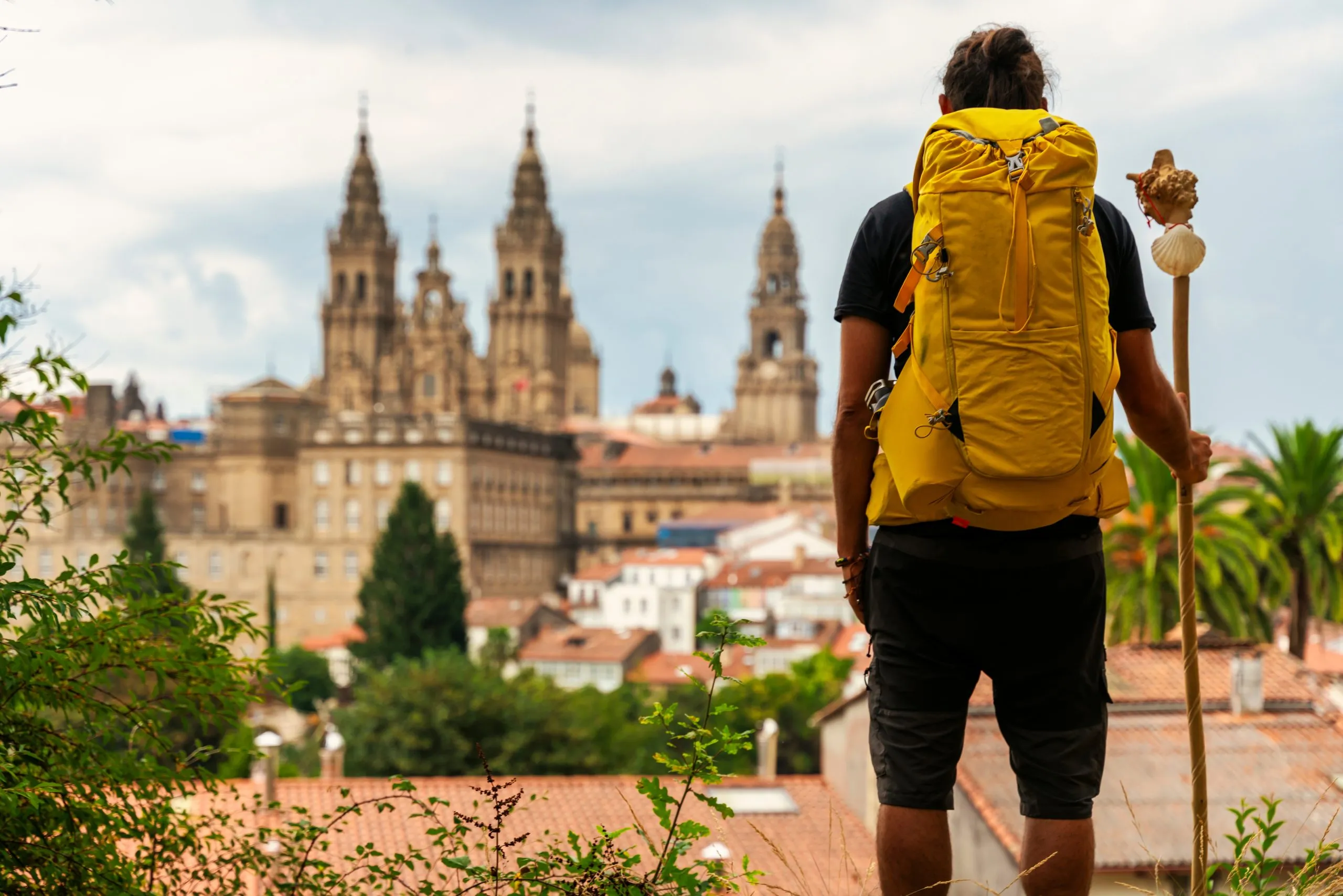
Let us guide your Camino de Santiago adventure!
We at Camino de Santiago Tours specialize in crafting walking tours along the revered Camino de Santiago, a pilgrimage that has beckoned travelers for centuries.
Our expertise lies in creating a personalized trip to Camino de Santiago that allows you to explore this historic trail at your own pace, weaving a unique tapestry of memories.
The Camino de Santiago, a network of routes leading to Santiago de Compostela, stands as a testament to the human spirit and faith. Traced back over a thousand years, these paths have been walked by millions of pilgrims. This pilgrimage, rooted deeply in Christian tradition, is nowadays one of the most desired items on many hikers’ bucket lists.
We offer a range of services to enhance your Camino journey. First, we book comfortable accommodations for restful nights. Next, we prepare a personalized travel booklet. It’s filled with essential insights and tips tailored to your journey.
Additionally, we handle luggage transfers to ease your everyday burden. Our team also provides 24/7 support for any needs during your walking tour along Spain’s Camino de Santiago. For navigation, we provide an intuitive app. It offers easy GPS guidance, ensuring you stay on the right path.
With Camino de Santiago Tours, you’re on a path of historical exploration, a walk through beautiful landscapes, and a journey to inner peace and self-discovery.
Camino de Santiago Routes
The Camino de Santiago, or the Way of St. James, is a collection of ancient pilgrimage routes, all leading to the Santiago de Compostela in Spain. This network, with a history spanning over a thousand years, begins from various starting points including France, Portugal, and Spain, crossing through diverse landscapes and culturally rich cities.
At its heart lies the story of Saint James, an apostle whose relics rest in the iconic Santiago de Compostela Cathedral. Today, marked by the symbolic scallop shell, the Camino weaves through historic towns and scenic countryside, offering a unique journey of spiritual and personal discovery.
For a more in-depth overview of Camino de Santiago and its cultural and religious significance, follow the link to our comprehensive guide about Camino de Santiago.
1. Camino Frances
The Camino Frances, or the French Way, is the most popular route of the Camino de Santiago, beginning in Saint-Jean-Pied-de-Port in France and culminating in Santiago de Compostela in Spain. Tracing its origins to 1135, this path weaves through significant cities like Pamplona, Logroño, Burgos, and León.
2. Camino Portugues (Coastal)
Camino Portugues starts in Portugal, with two main paths: the traditional Central Way (from Lisbon) and the scenic Coastal Way (from Porto). The Central Way traverses three Portuguese districts and two Galician provinces, while the Coastal Way offers a picturesque journey along Portugal’s north coast and traditional fishing villages. It is the second most popular route to Santiago.
3. Camino del Norte
The Camino del Norte, or Northern Way, is one of the oldest routes to Santiago de Compostela, dating back to the 9th century. Initially a safer alternative to the Moorish-threatened French Way, it runs from Irun through the scenic northern coast of Spain, passing through the Basque Country, Cantabria, Asturias, and Galicia. It is known for its breathtaking coastal views, vibrant fishing villages, and rugged terrain.
4. Camino Primitivo
The Camino Primitivo is the original Camino de Santiago route, starting from Oviedo and spanning approximately 320 km to Santiago de Compostela. Historically significant as the path first taken by King Alfonso II of Asturias in 814, it offers a less traveled, more challenging alternative to the Camino Francés with its rigorous hilly terrain.
5. Camino Finisterre
The Camino Finisterre is an extension of Camino de Santiago, a 90 km journey from Santiago de Compostela to Cape Finisterre, once believed to be the “end of the world.” This short trek through Galicia’s rugged countryside, steeped in Celtic heritage, also includes an optional extension to Muxía. It’s a less-traveled path, inviting pilgrims to explore the scenic Atlantic coastline of Spain.
6. Camino Ingles
The Camino Inglés, mainly used by British pilgrims, spans 119 km from Ferrol or A Coruña to Santiago. This route, mainly through Galicia, offers a blend of rural beauty, passing through dense forests and countryside, and is enriched with historical landmarks. Ideal for first-time pilgrims, it’s one of the shortest yet culturally significant routes of the Camino de Santiago.
7. Le Puy Camino
The Le Puy Camino, or Via Podiensis, spans around 750 km from Le Puy-en-Velay to St. Jean Pied de Port in France. This 4-5 week journey traverses the volcanic Velay region and Pyrenees foothills. Marked as part of the GR65 with its distinctive red and white balises, its entirety runs across France before it converges with Camino Frances below the Pyrenees.
8. Via de la Plata
The Via de la Plata is a challenging and historic route spanning over 1000 km from Seville to Astorga across six Spanish provinces. Consisting of 38 stages, this longest Camino route traces its origins to Roman roads. With long days, sparse facilities, and typically hot summer weather, it’s mostly undertaken by experienced pilgrims seeking an authentic and rigorous journey.
Book your trip to Camino de Santiago
Are you dreaming of a walking tour that combines the thrill of exploration with the richness of culture? That’s exactly what our Camino de Santiago Tours are all about. We take you beyond the typical tourist trails right into the soul of this legendary pilgrimage.
Whether you’re seeking solitude or the warmth of fellow travelers, our pilgrimage walking tours across Spain are tailored to fit your style. We know that a trip to the Camino de Santiago is not just a holiday – it’s a personal journey, a quest for meaning, and a chance to connect with history and nature.
Why travel with Camino de Santiago Tours?
HASSLE-FREE
BOOK WITH CONFIDENCE
TRIED & TESTED ADVENTURES
UNBEATABLE SUPPORT
Things to know




